In the vortex of global history, the 1940s stands out as a decade marked by enormous change and upheaval. This was no different for Cape Town, South Africa, which faced its own unique blend of triumphs and challenges during this time.
As the 1940s began, the specter of World War II cast a heavy shadow over Cape Town. Despite being thousands of miles away from the epicenter of conflict in Europe, South Africa’s strategic location at the southernmost tip of Africa rendered it a vital link in the Allied supply chain. Consequently, Cape Town’s harbor was busier than ever, serving as a gathering point for convoys of military and merchant ships embarking on the perilous journey across the Atlantic.
The influx of service personnel from around the globe during the war lent Cape Town a cosmopolitan aura. Stories of war, bravery, and exotic locales, shared by visitors of diverse backgrounds and nationalities, filled the air. This international influx also shaped local culture, fashion, and music, infusing the city with a distinct global flavor.
Cape Town in the 1940s was a city in flux. The National Party, led by D.F. Malan, was steadily gaining support with their promise of apartheid – a policy of rigid racial segregation. This imminent political shift cast a pall over the city, particularly its multicultural communities, and underpinned much of the social tension and unrest of that period.
The urban landscape of Cape Town was also undergoing change. District Six, a neighborhood renowned for its vibrant multicultural character, experienced a population surge due to urban migration. This led to overcrowded living conditions and housing challenges, yet also sparked a blossoming of music, culture, and community spirit.
Despite the city’s transformation, Cape Town’s natural beauty remained a constant. The majestic Table Mountain provided a picturesque backdrop, while the pristine beaches offered inhabitants a haven from the city’s hustle and bustle. These natural landmarks continue to be iconic features of Cape Town, drawing visitors from across the globe.


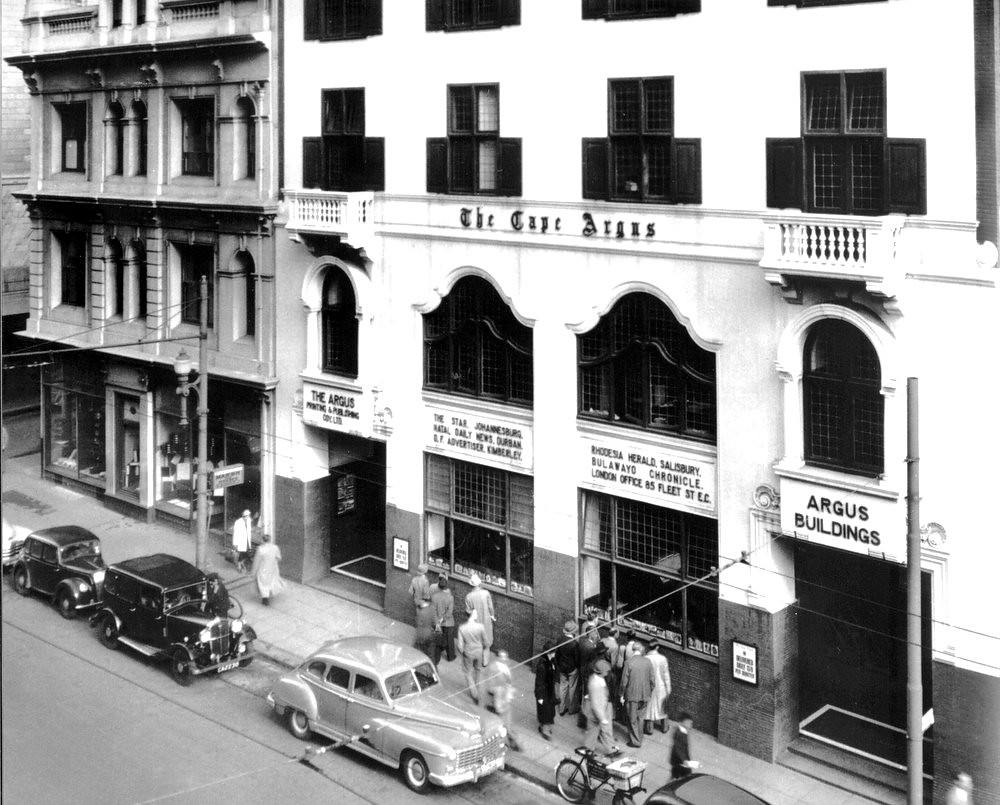
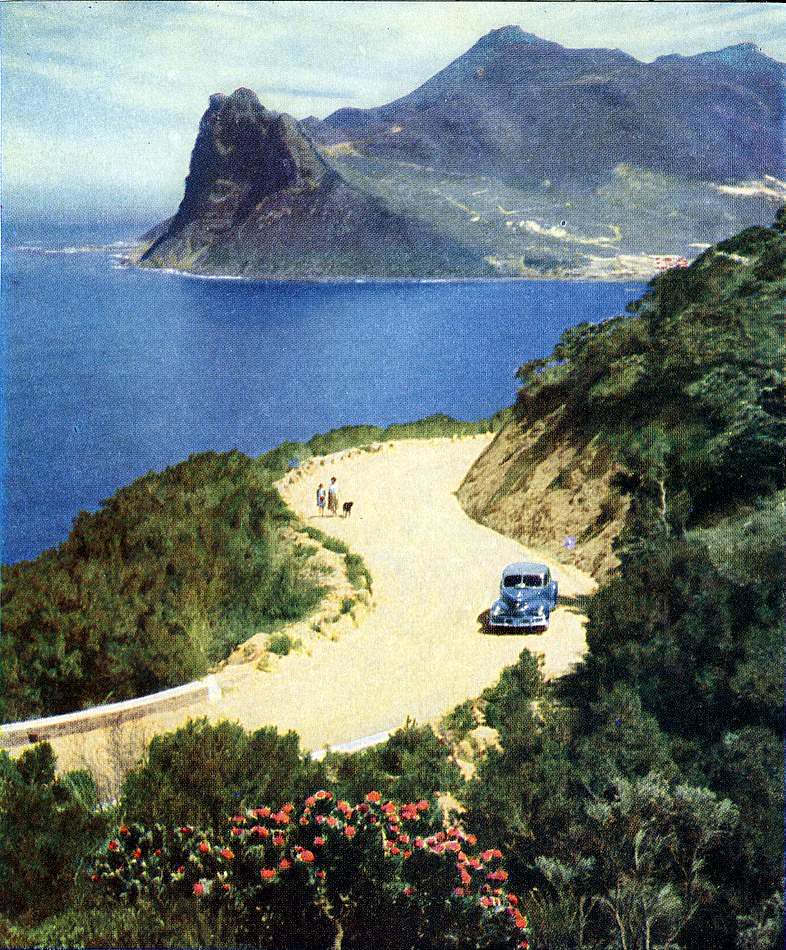
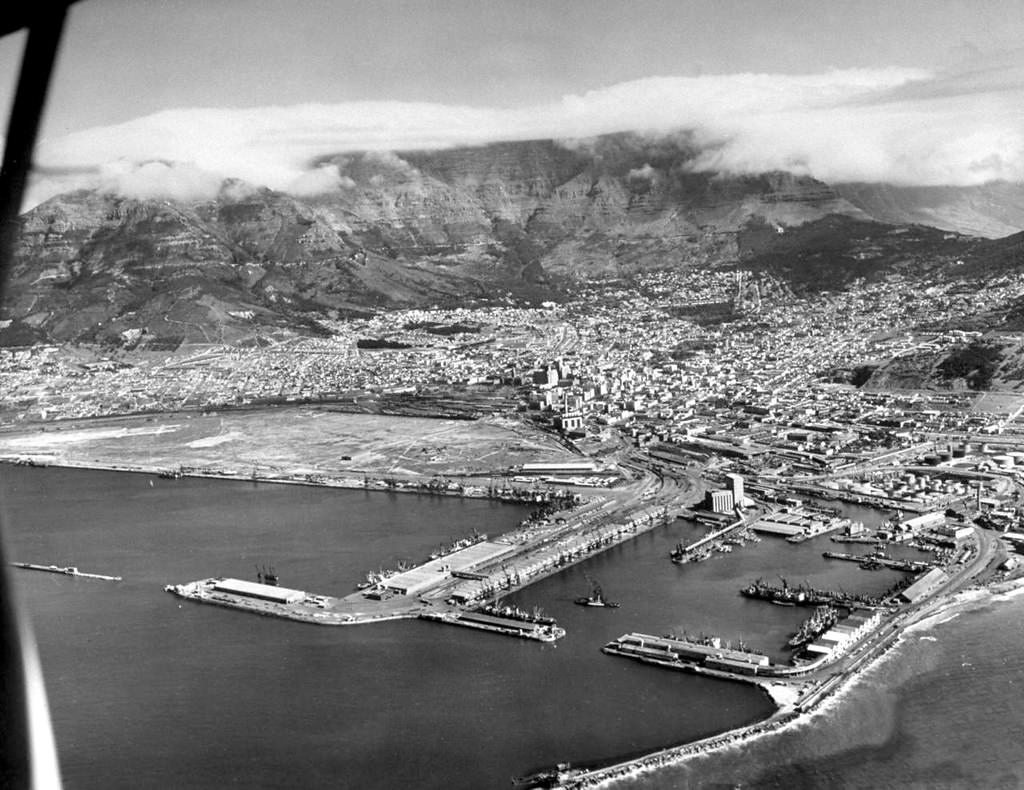
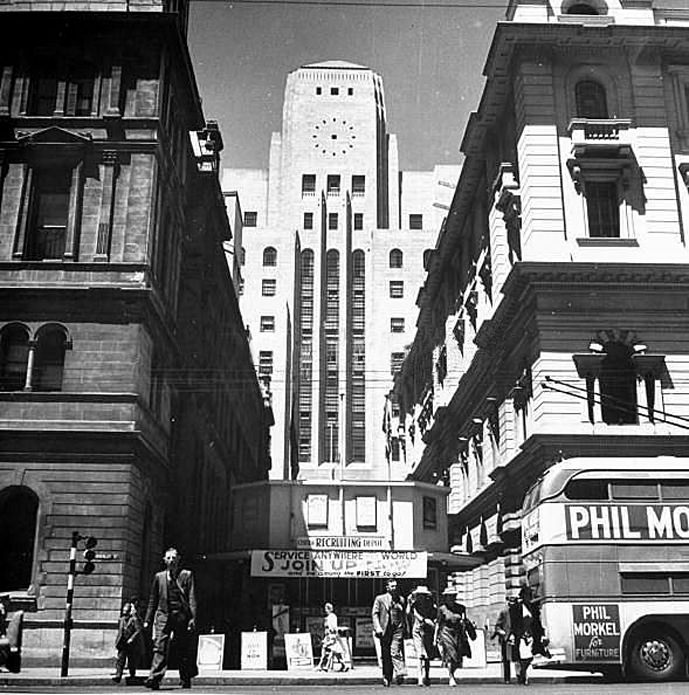
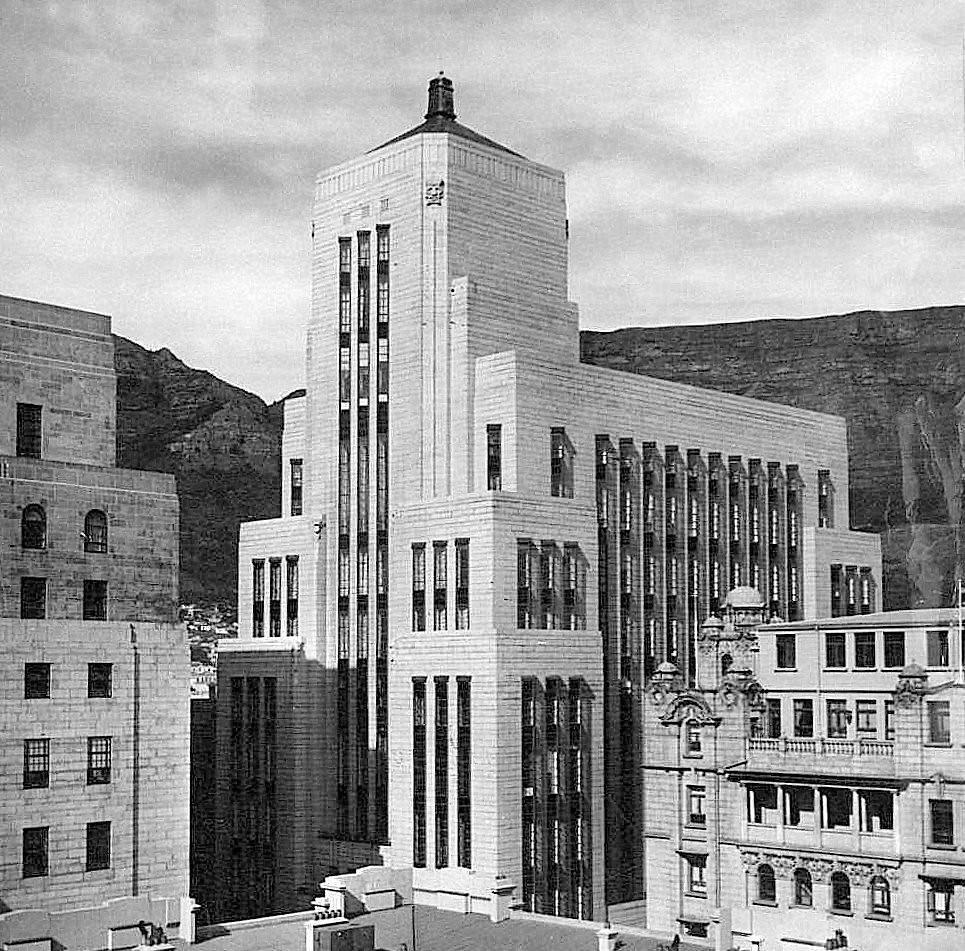
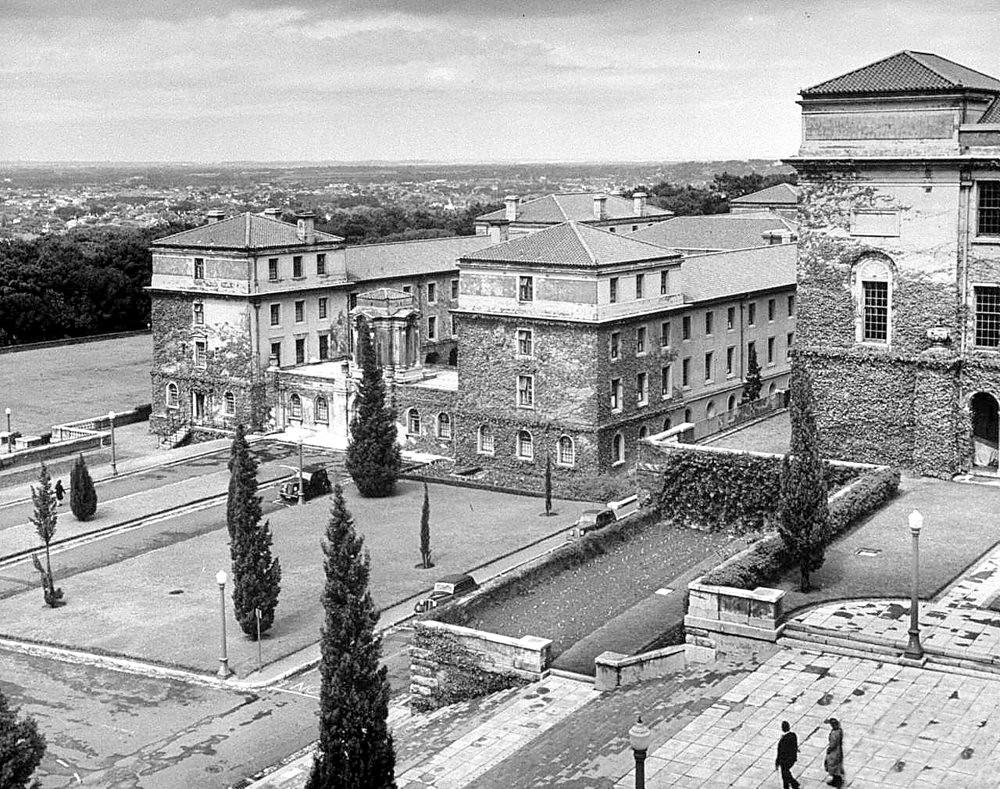
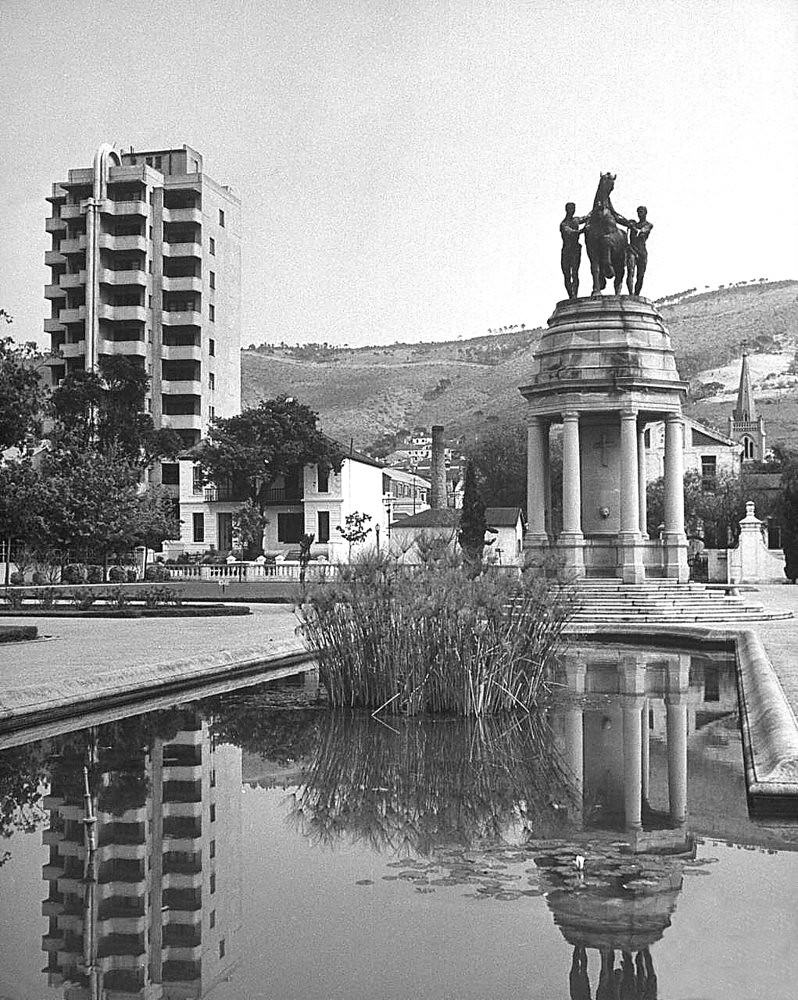
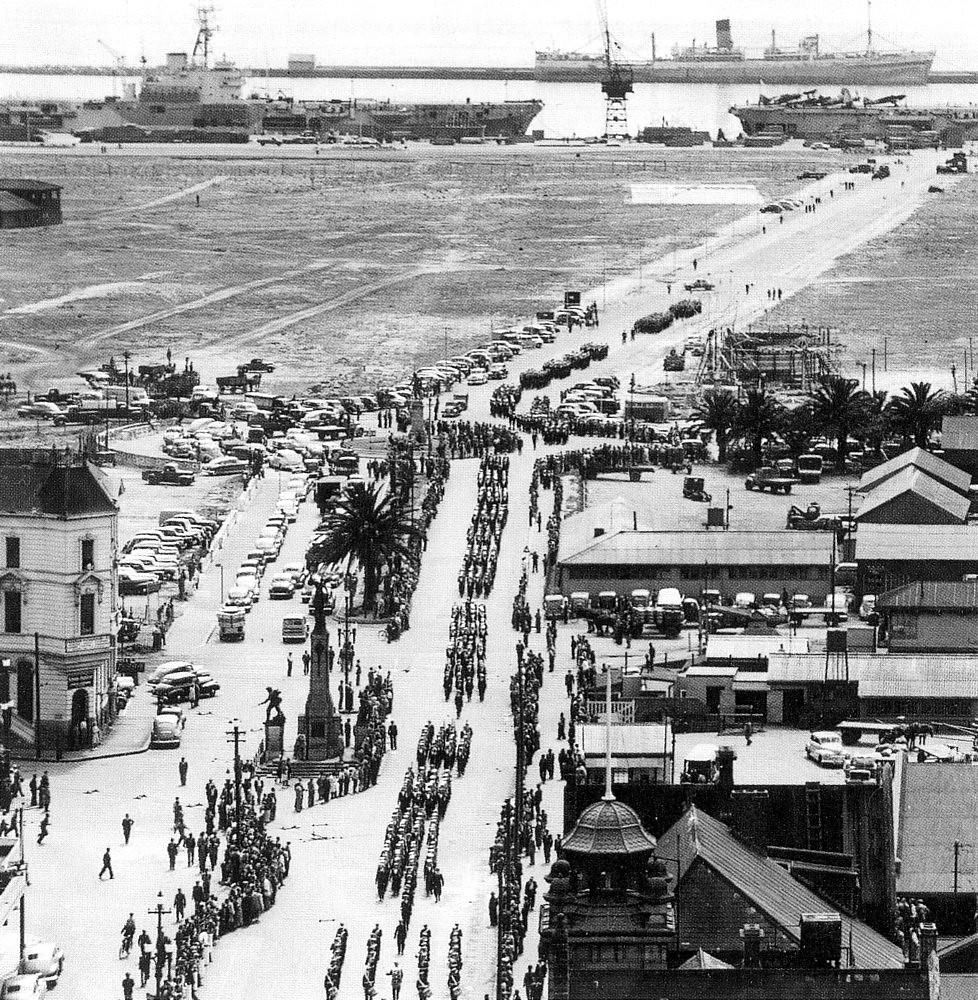
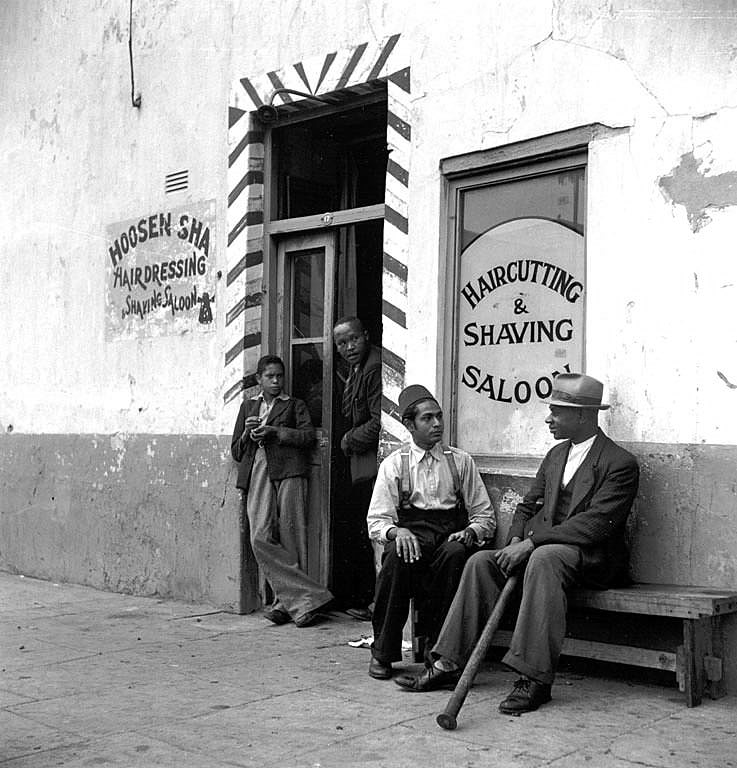
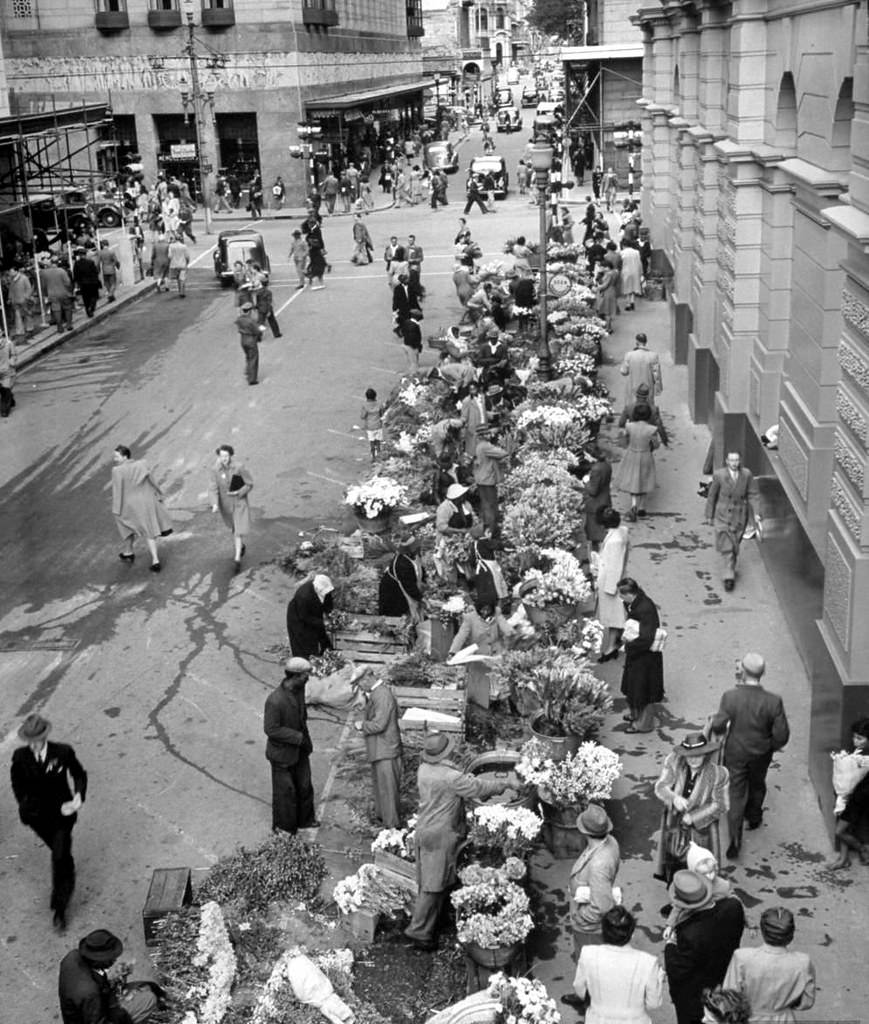
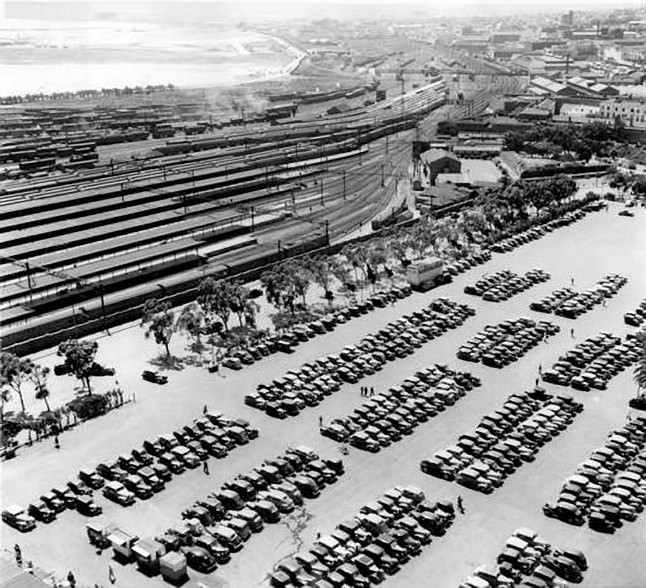
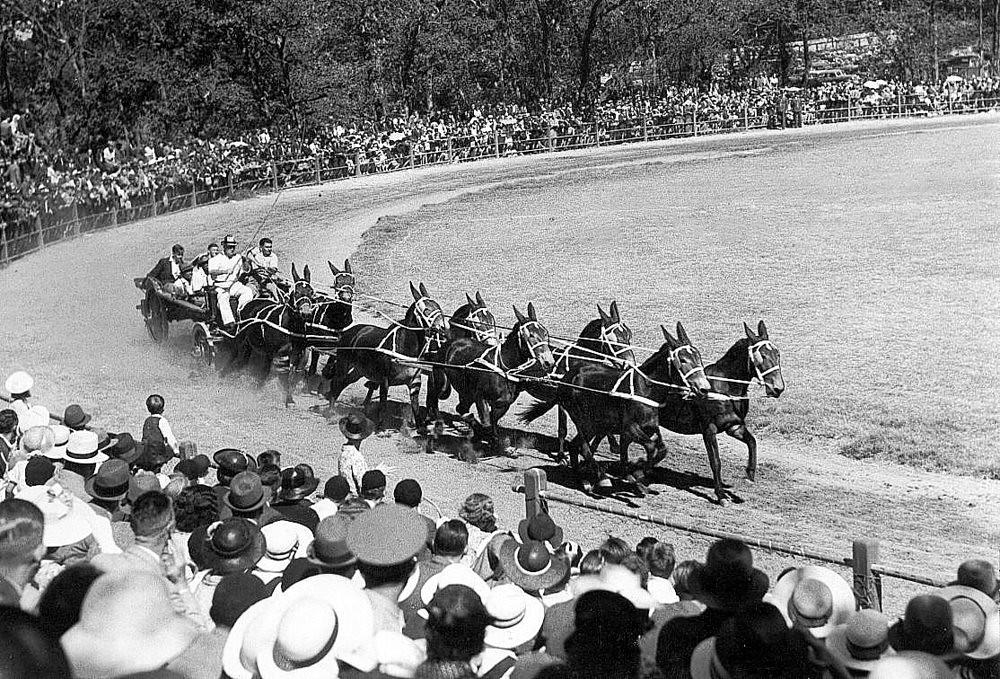
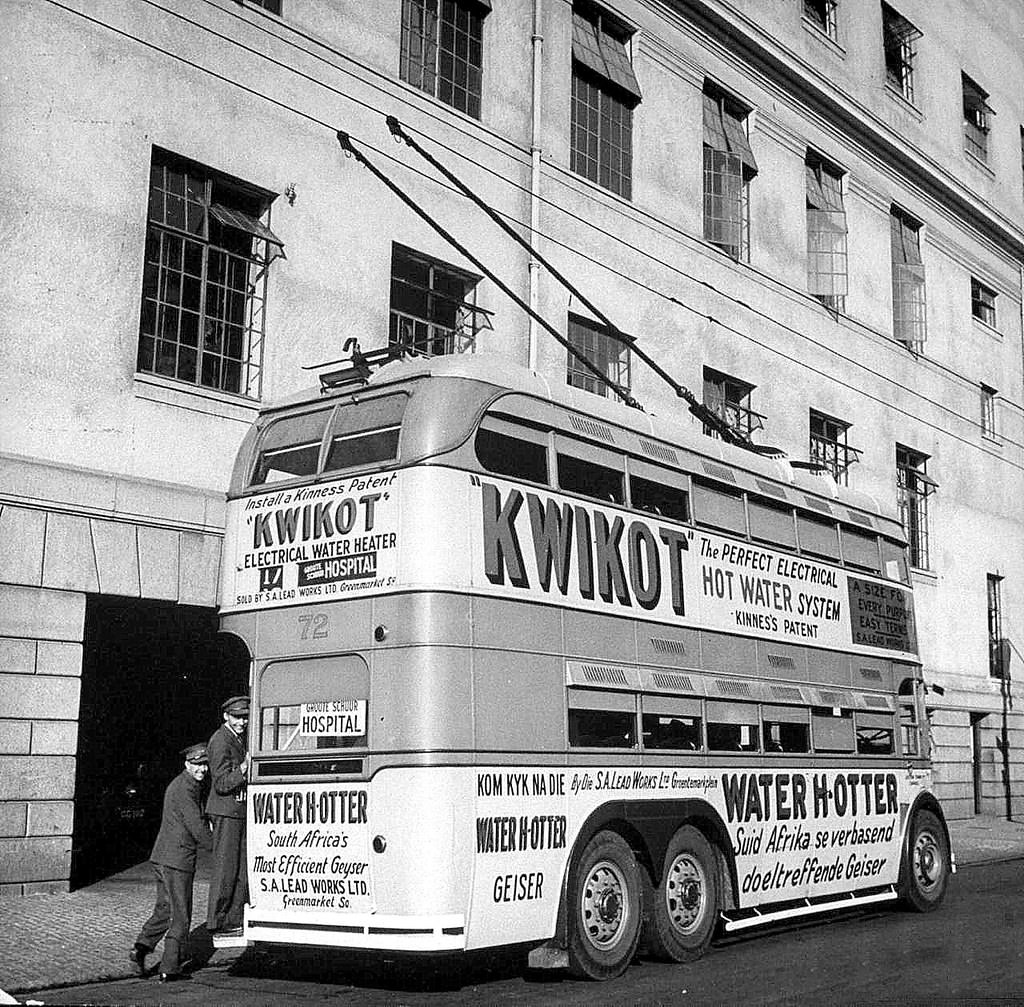
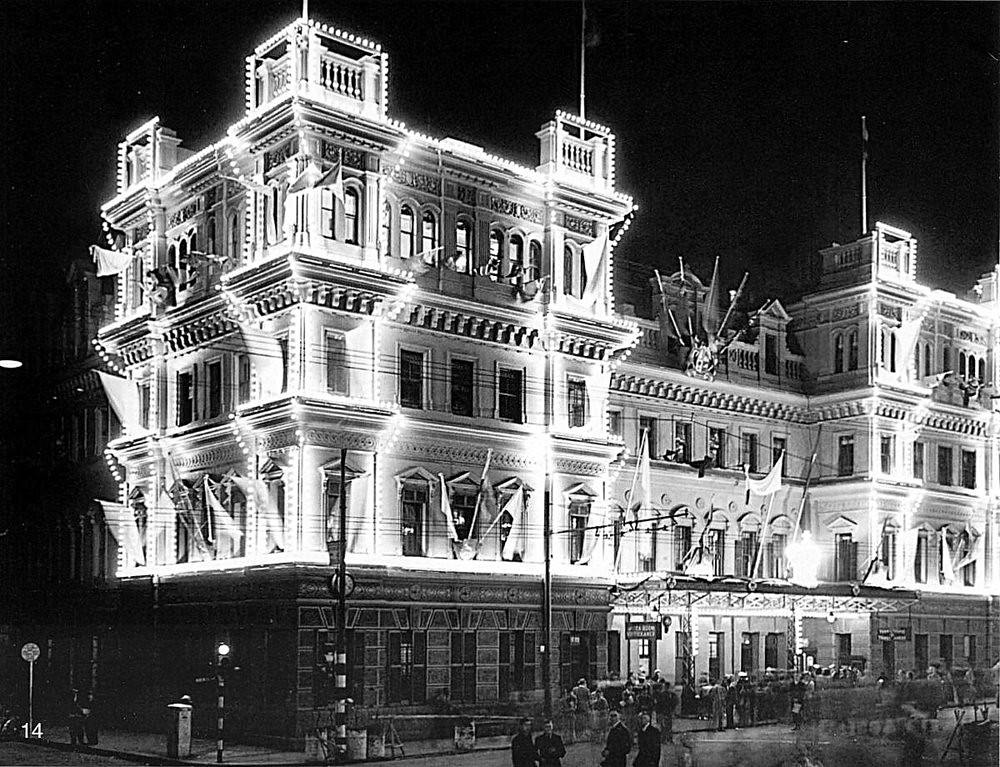
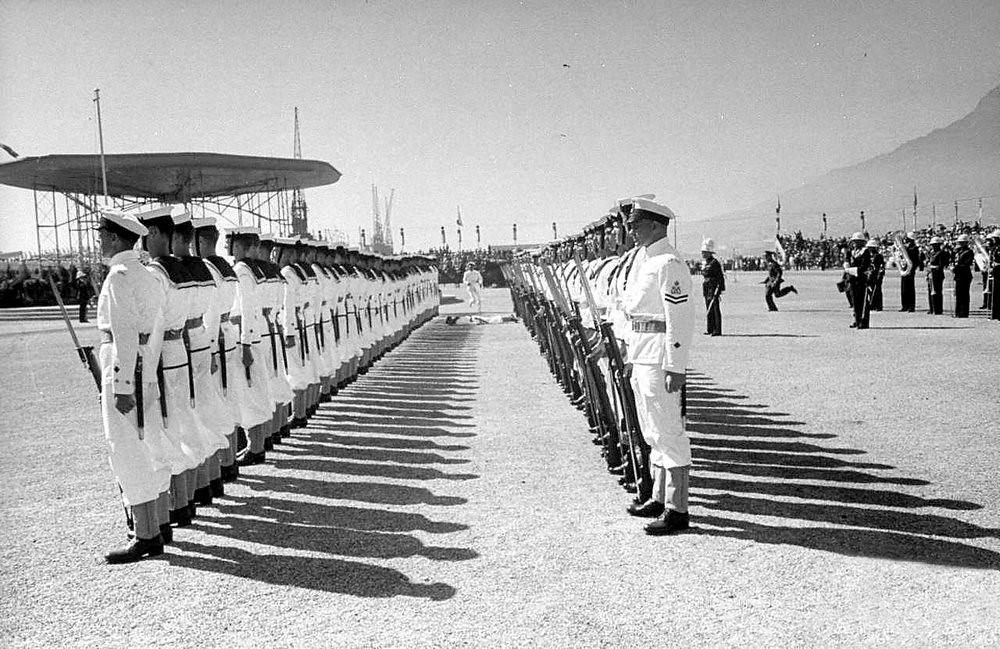
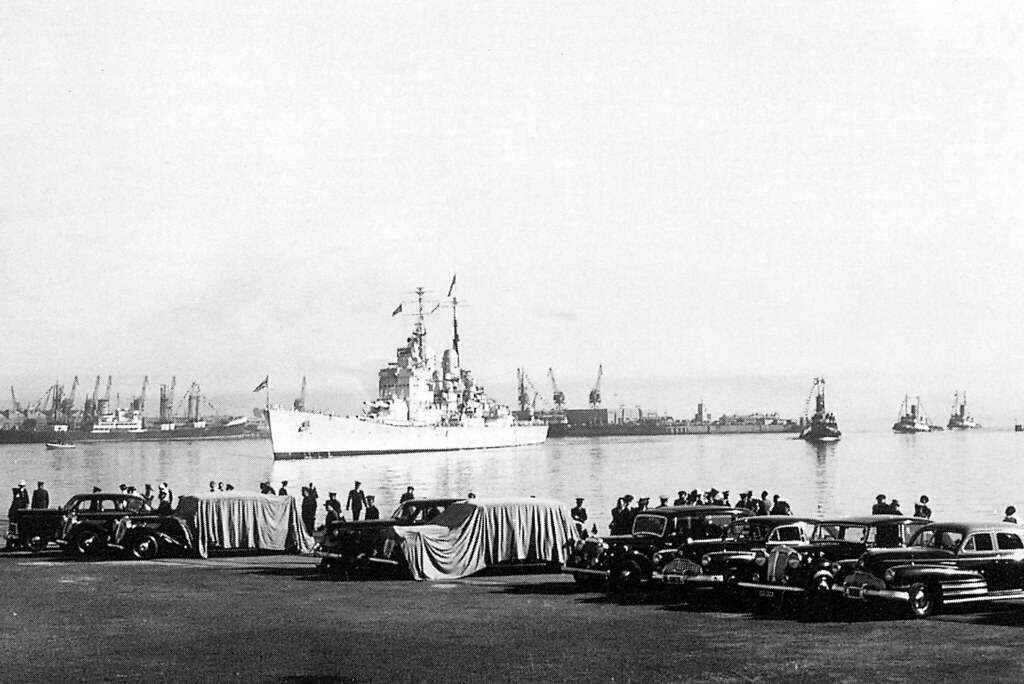
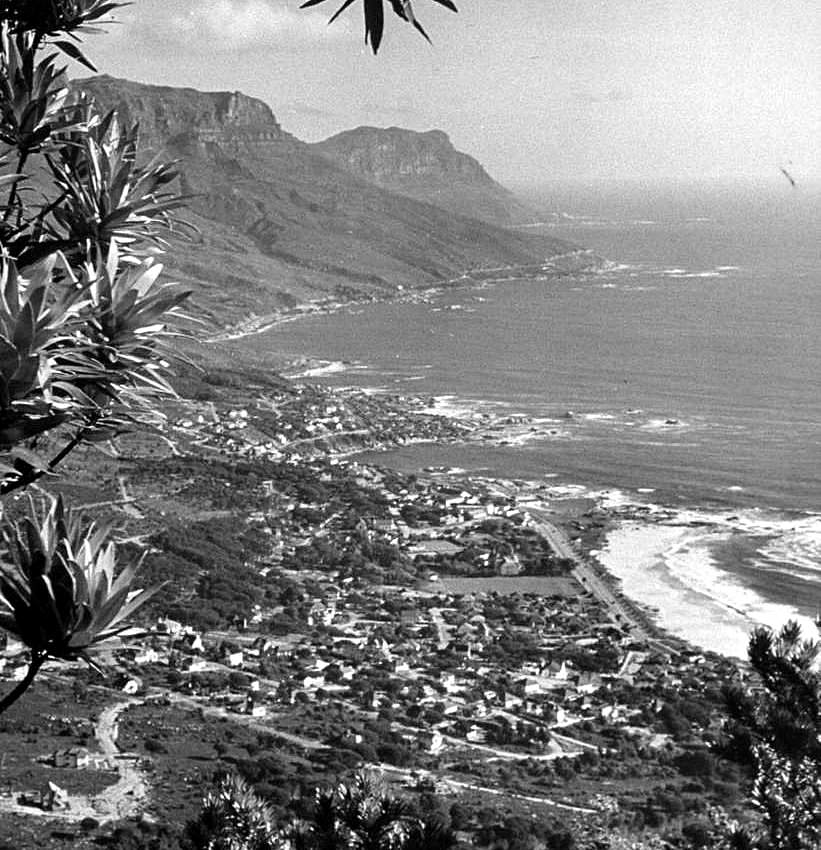
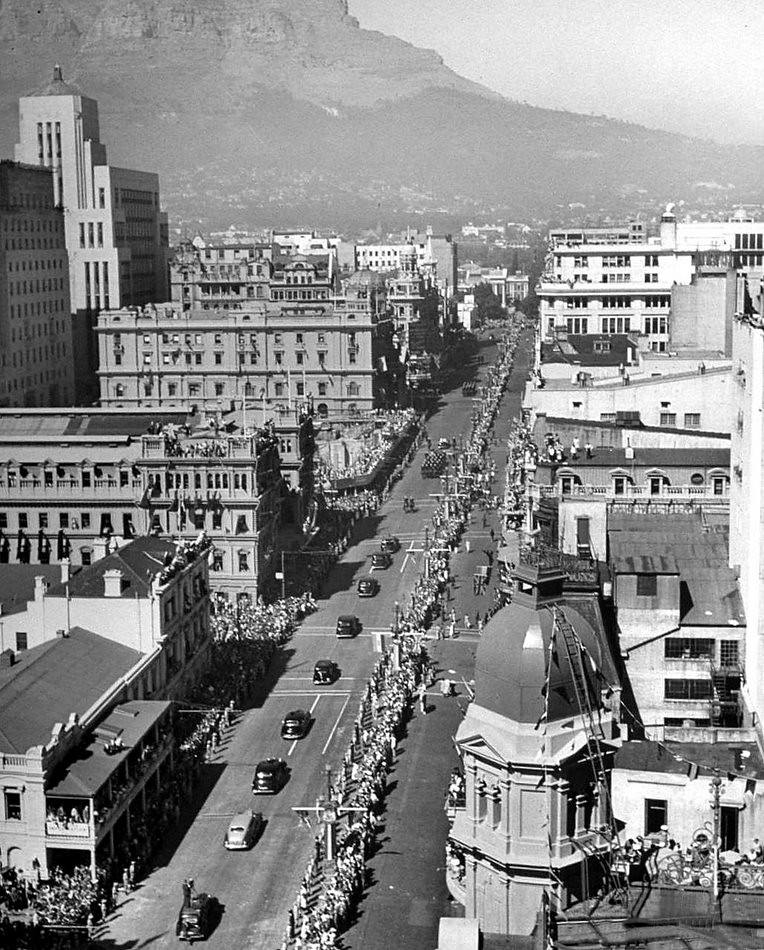
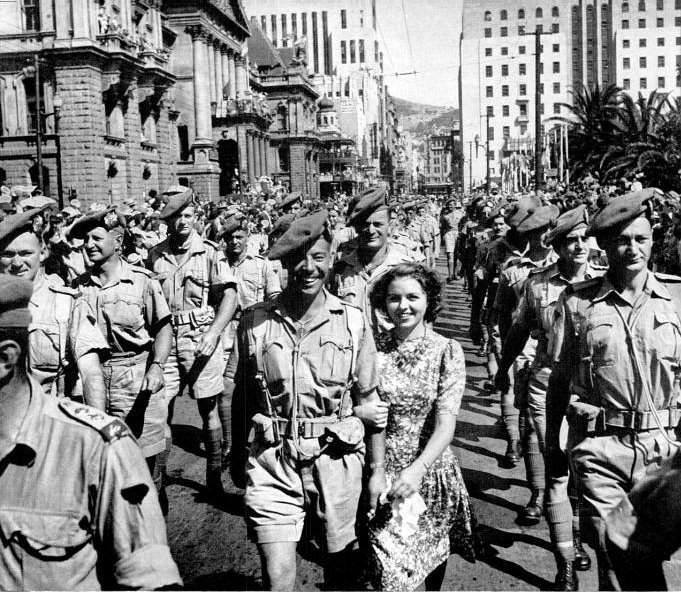
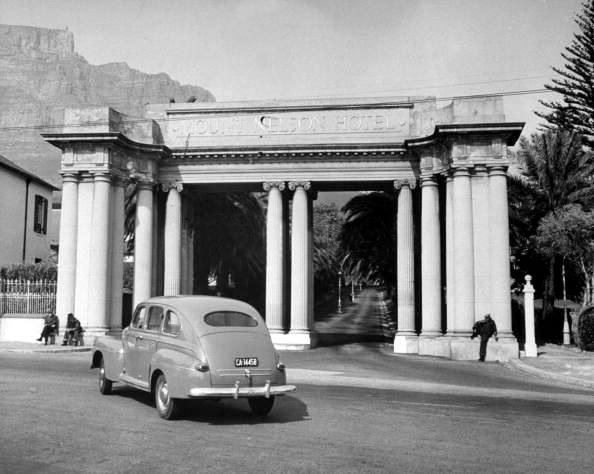
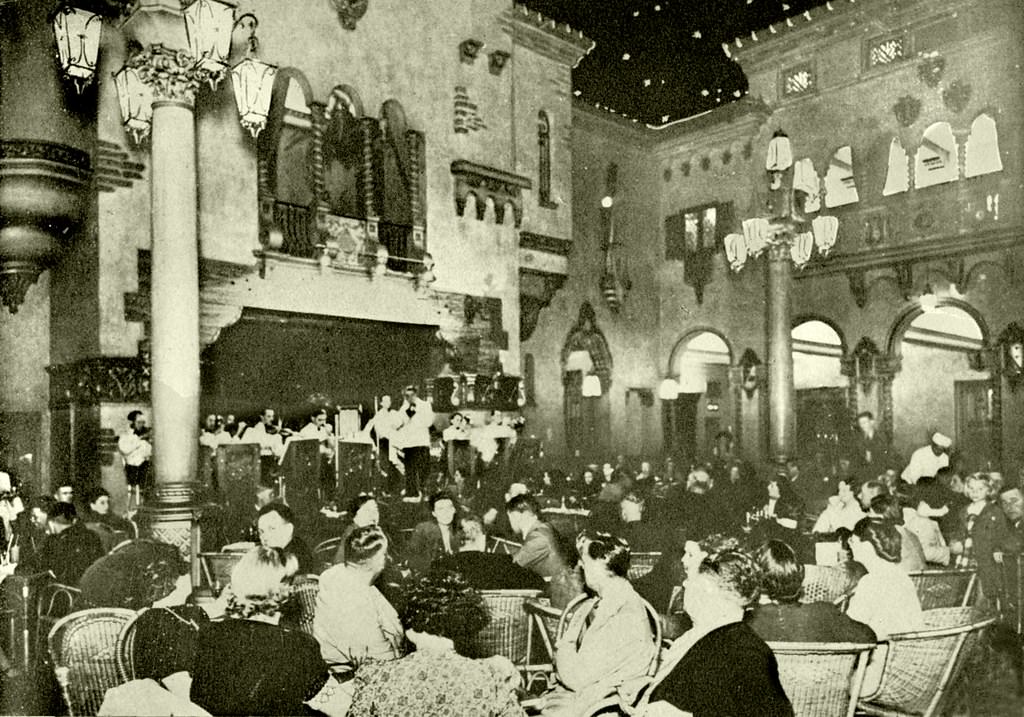
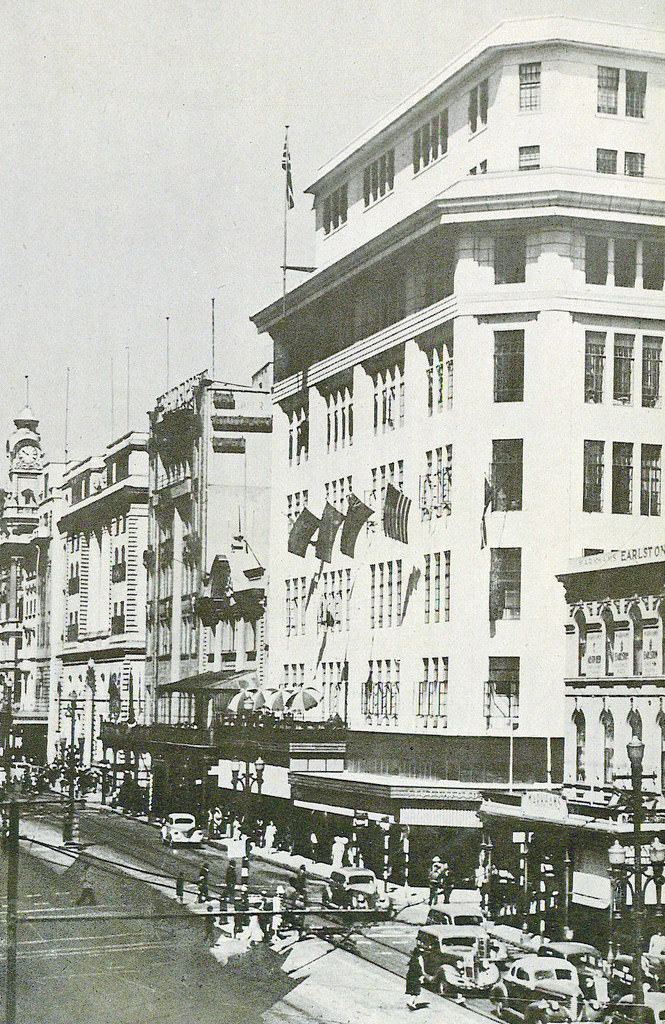
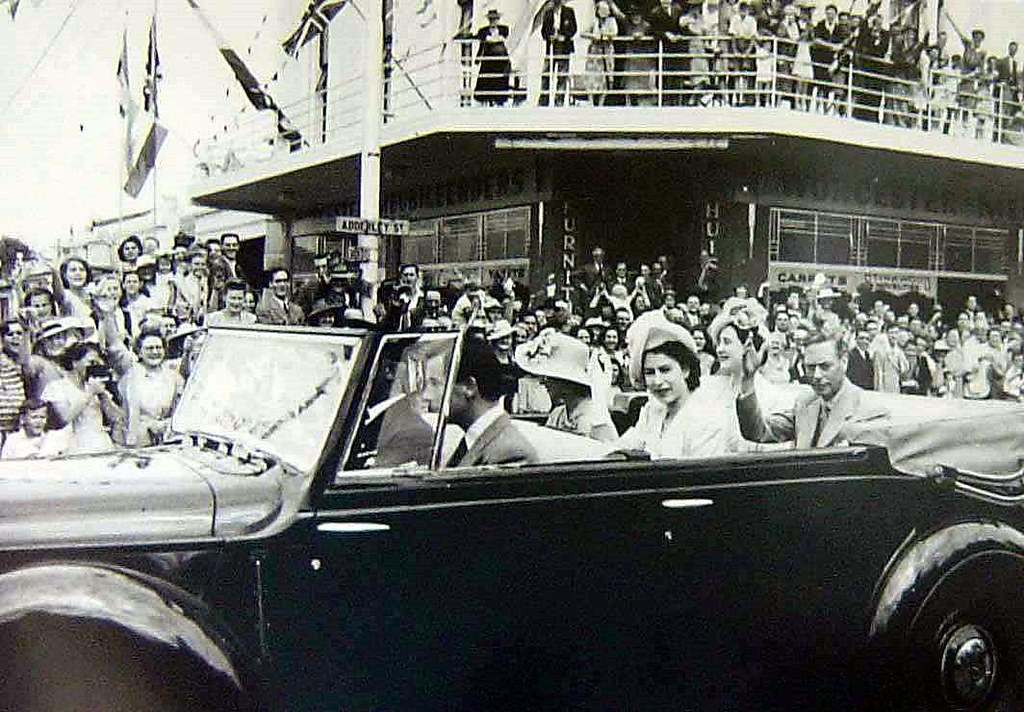
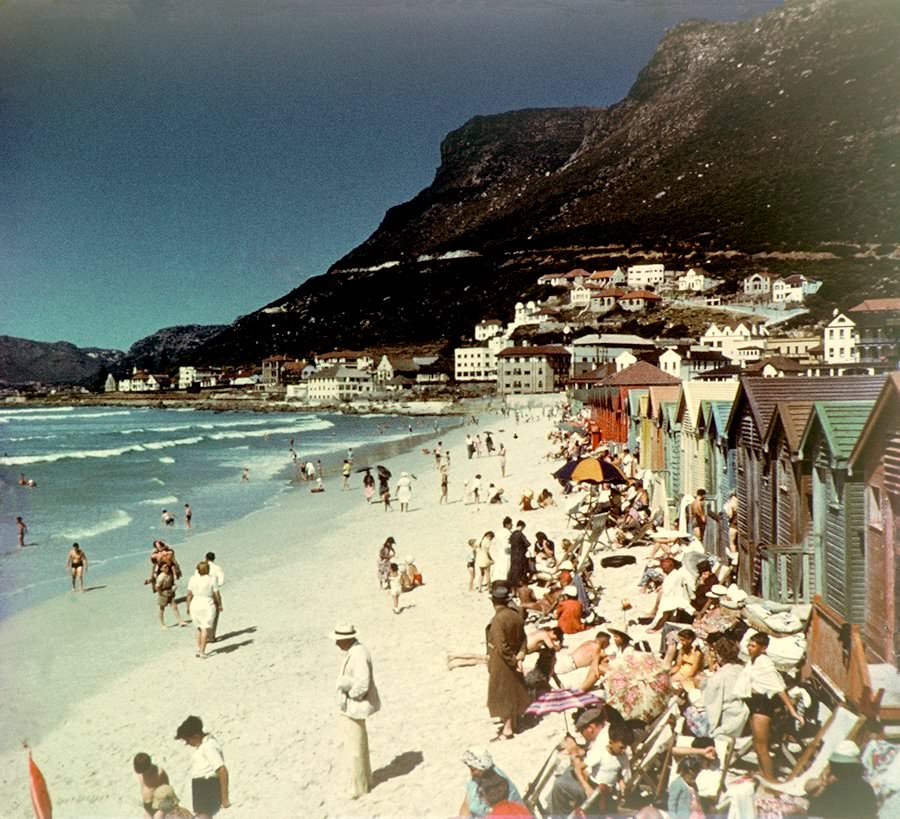
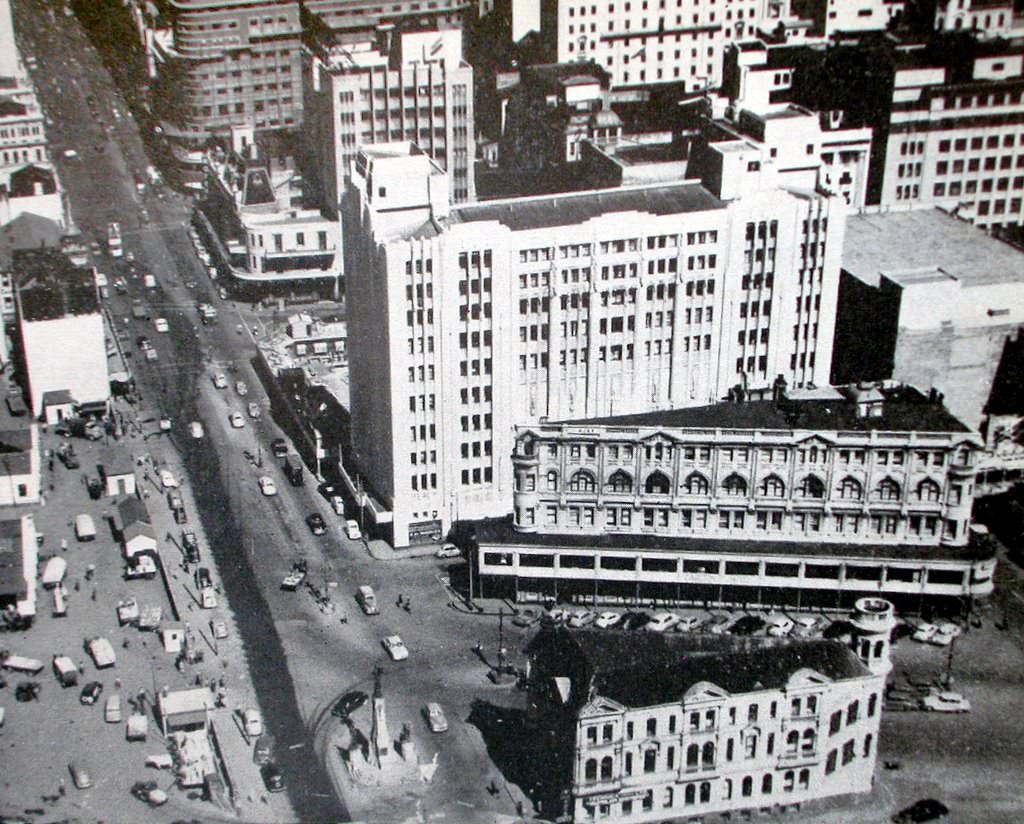
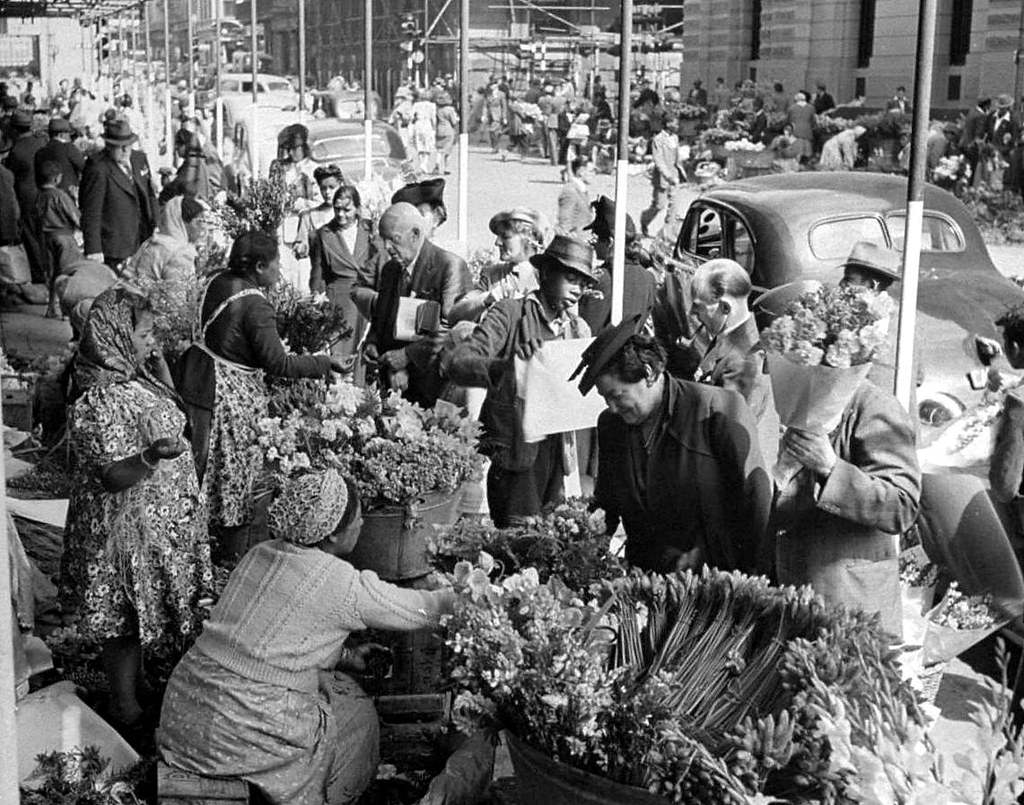
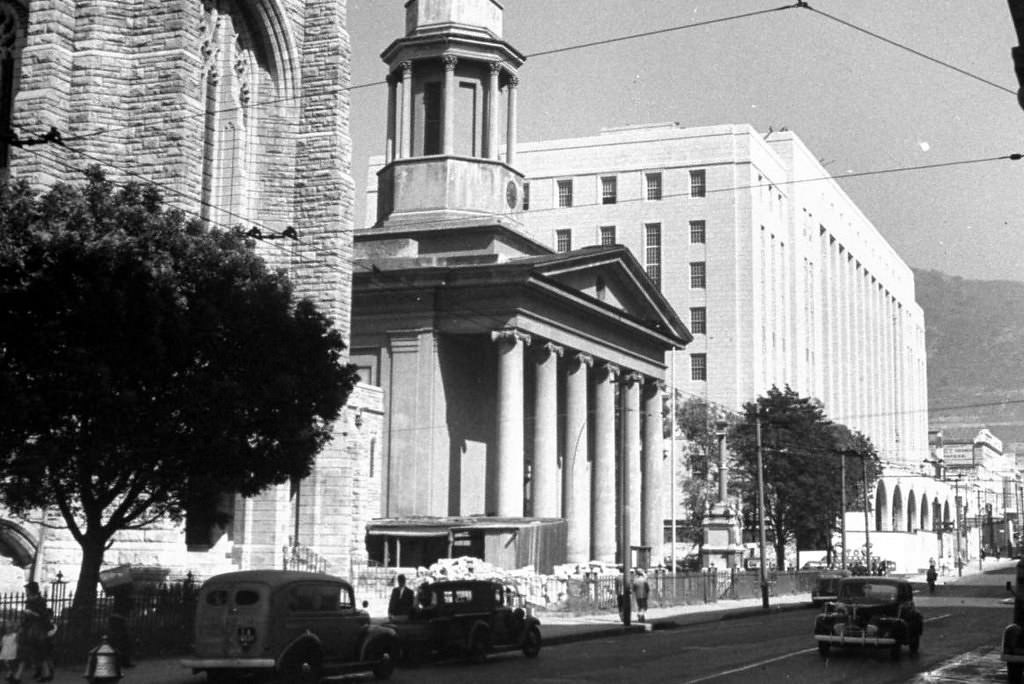
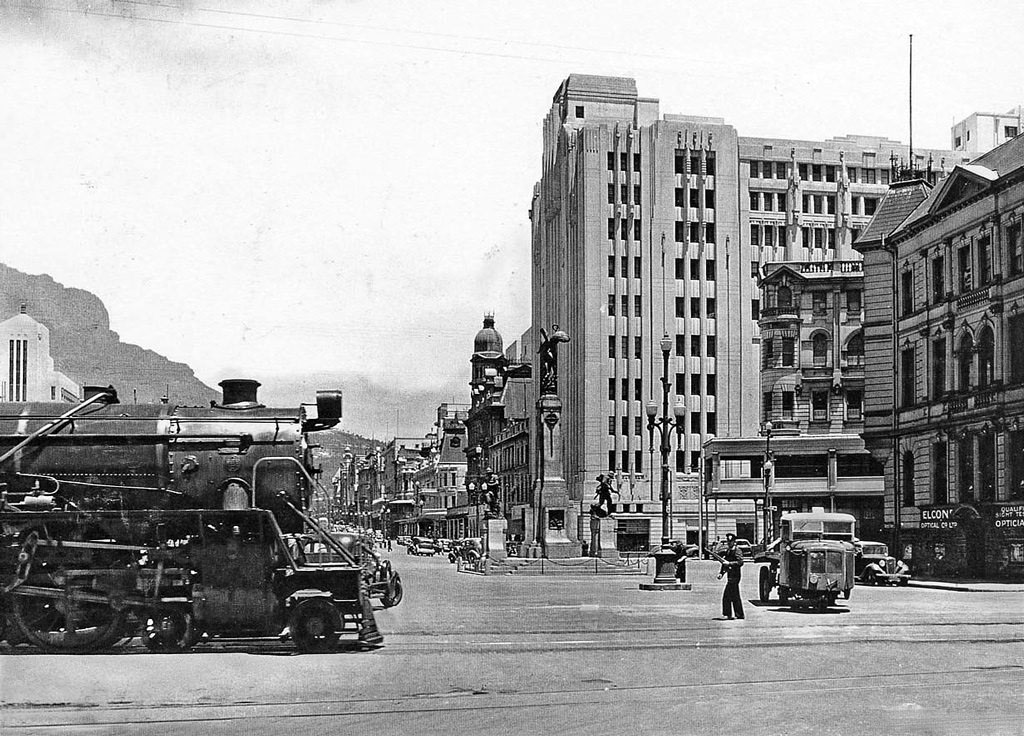
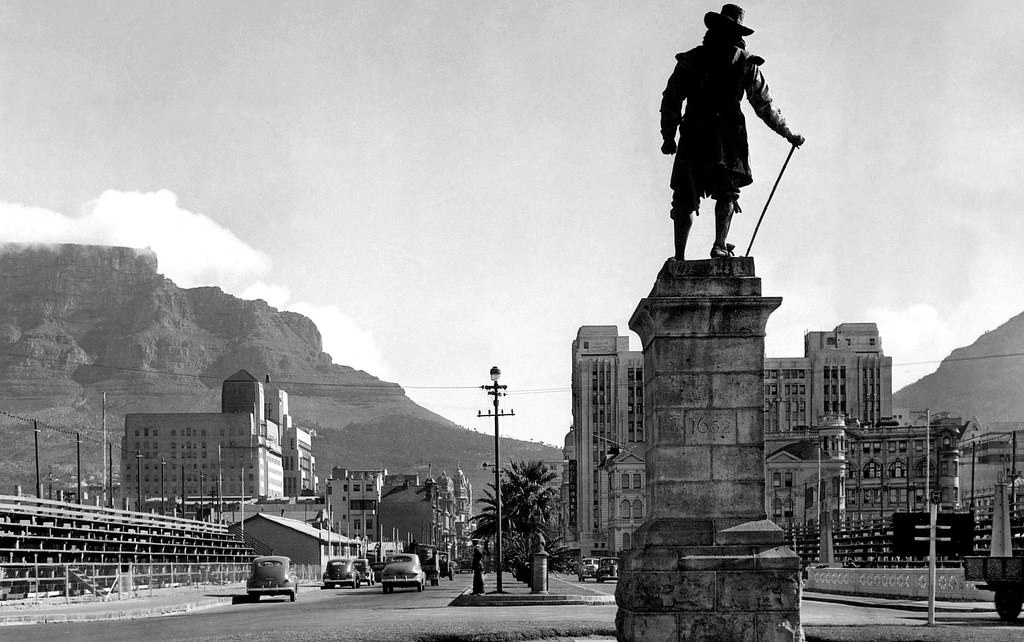
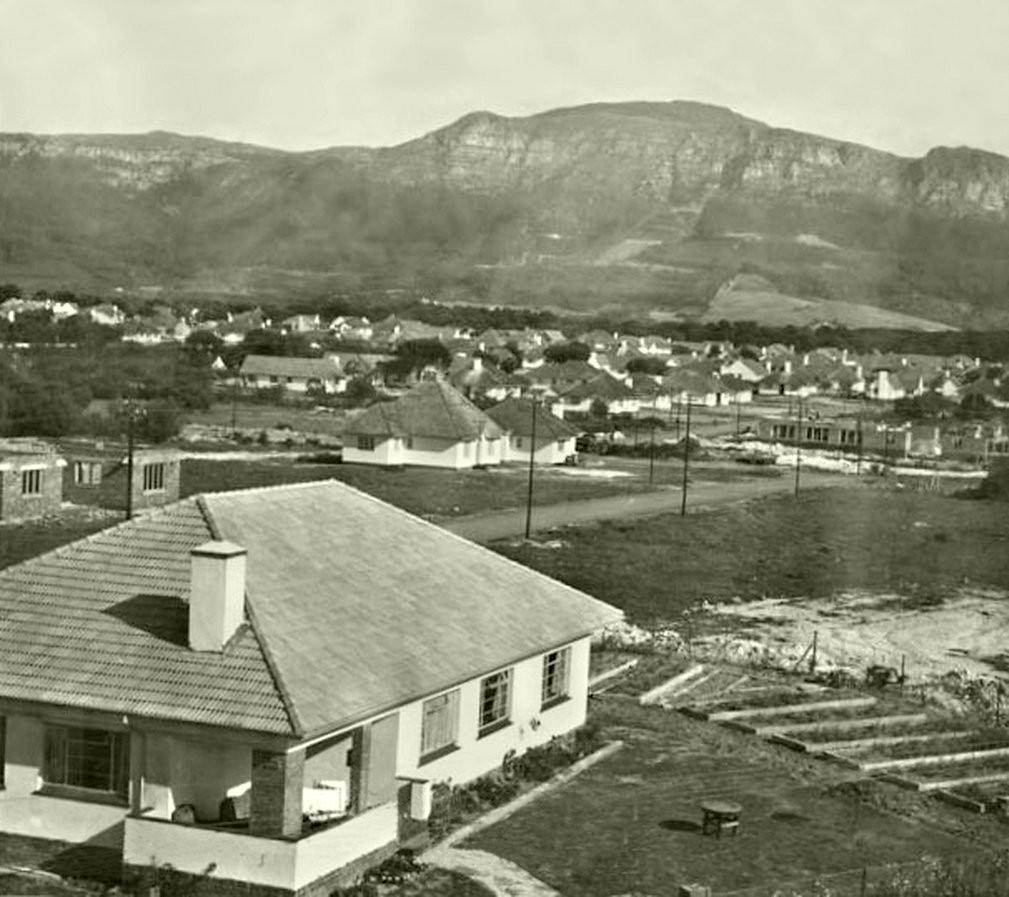
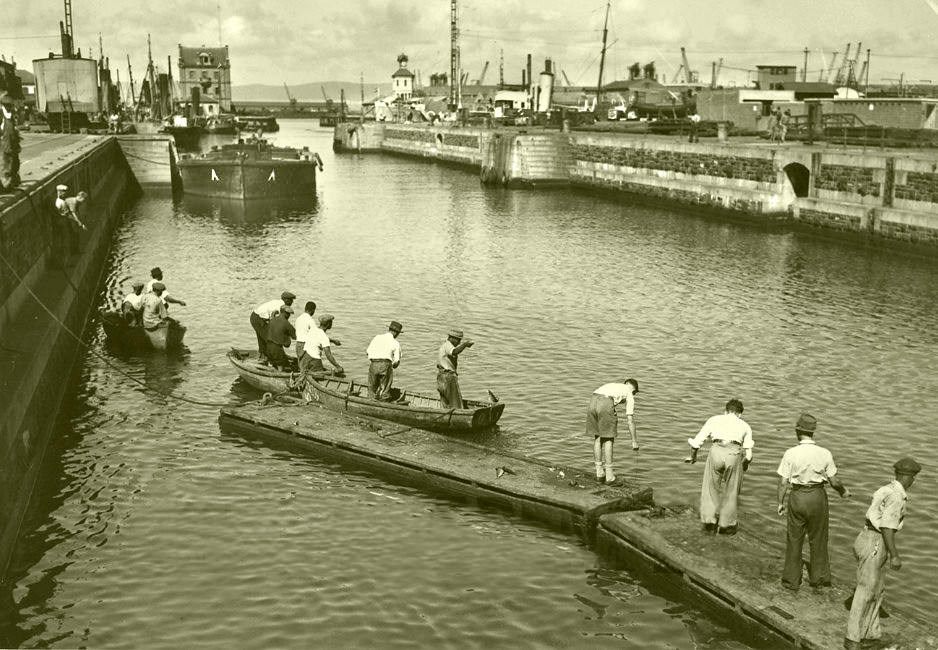
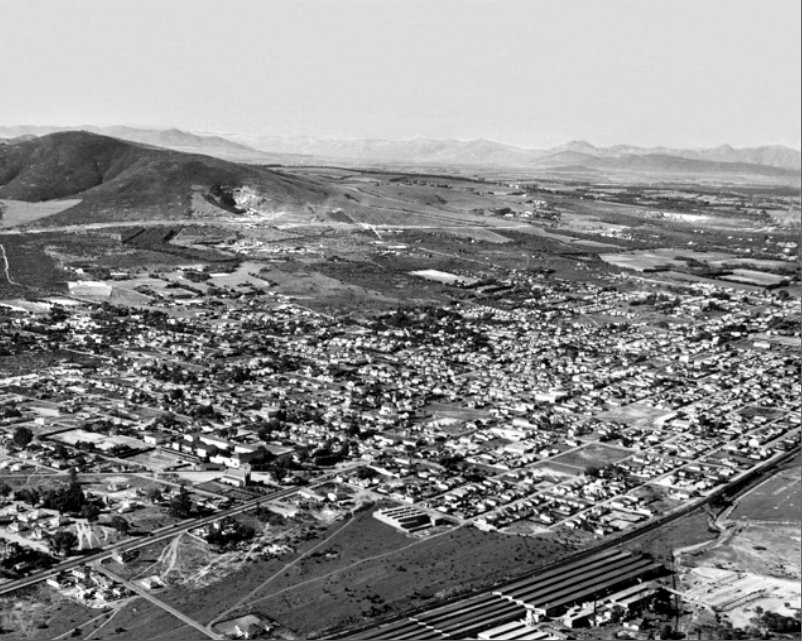
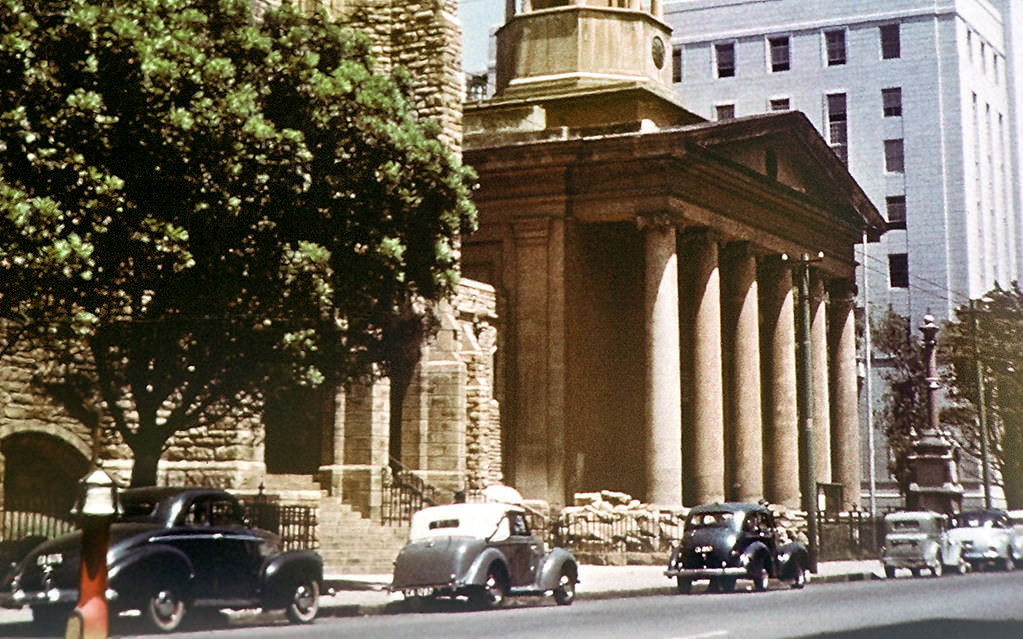
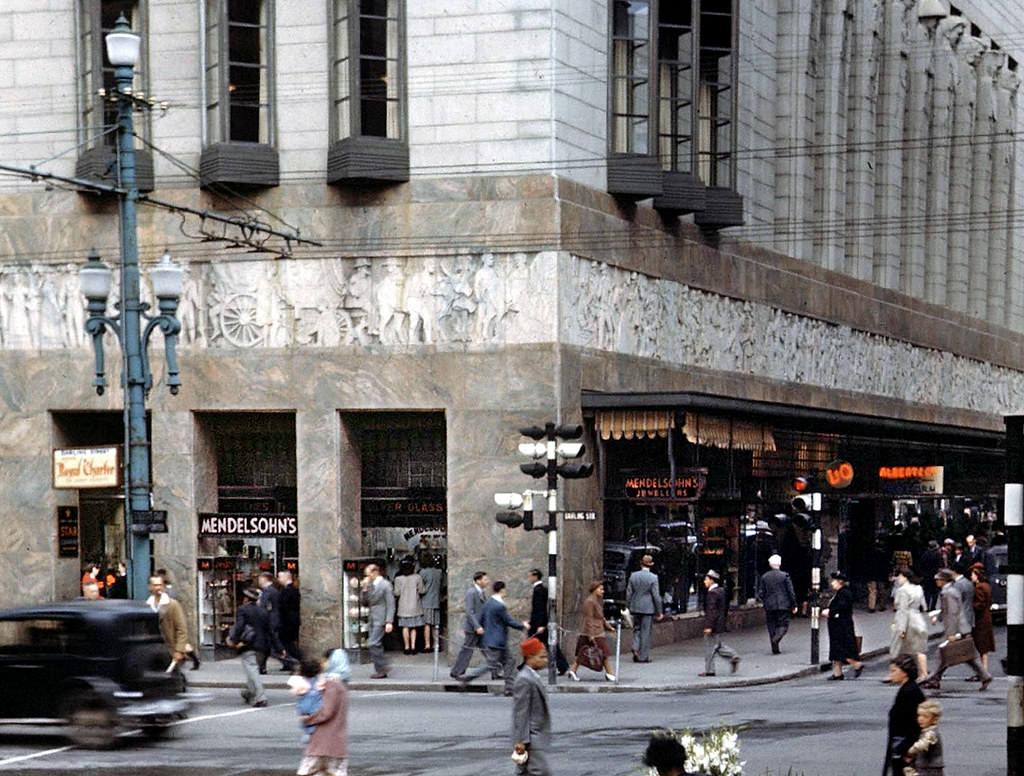
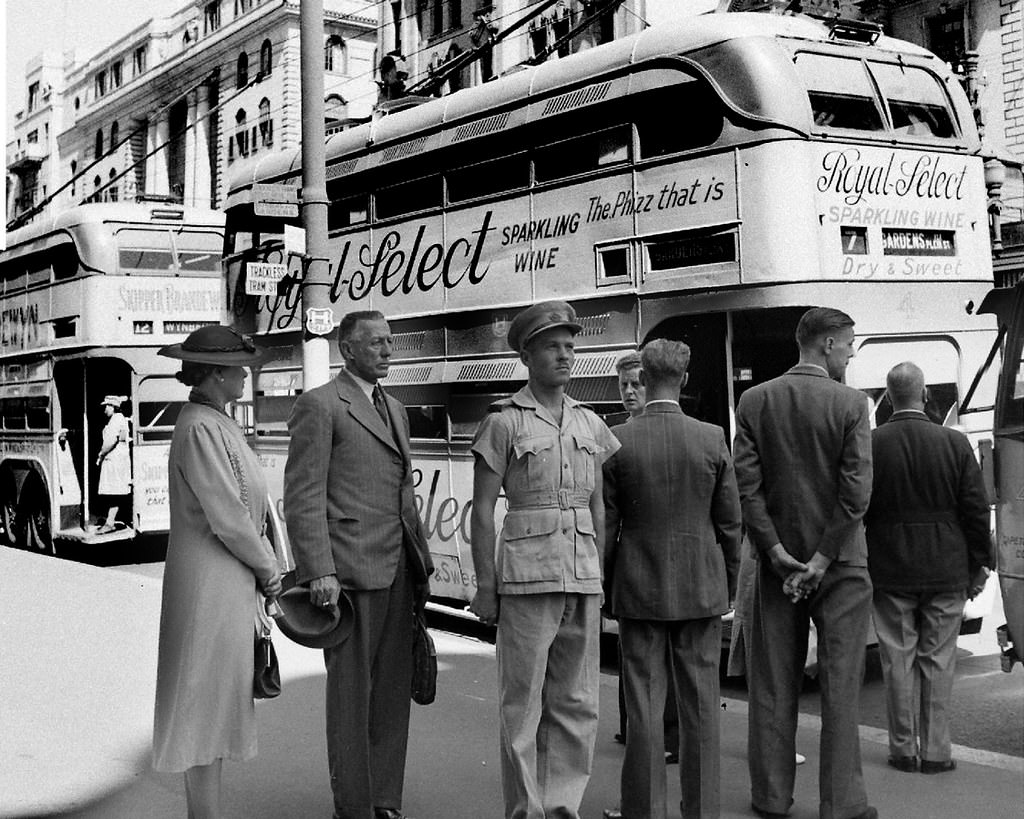
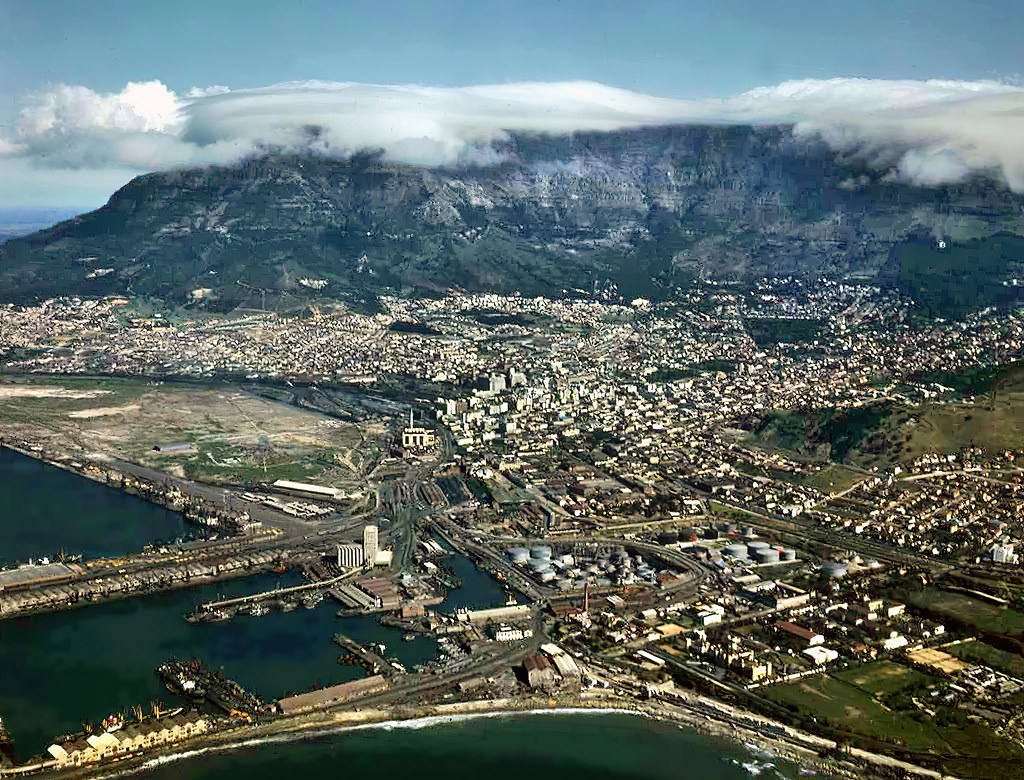
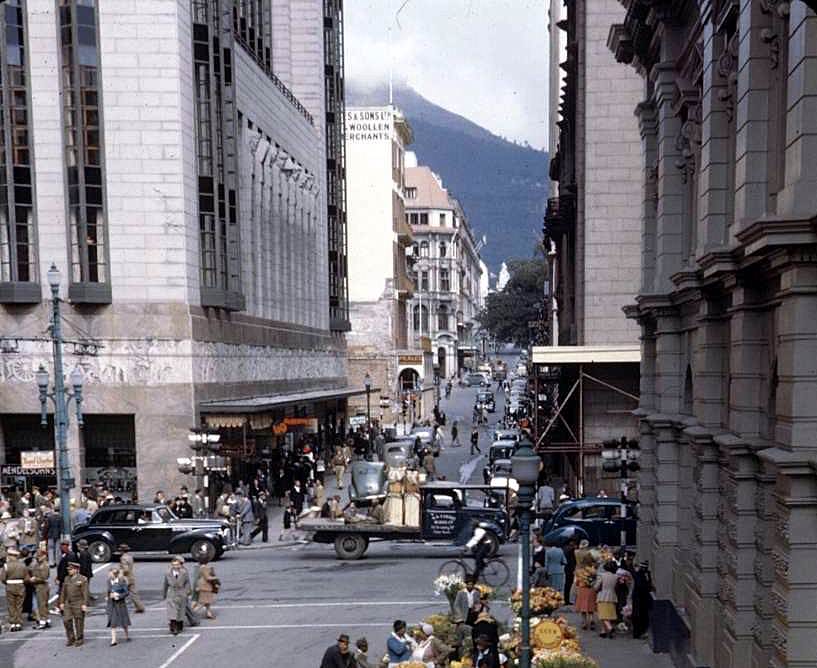
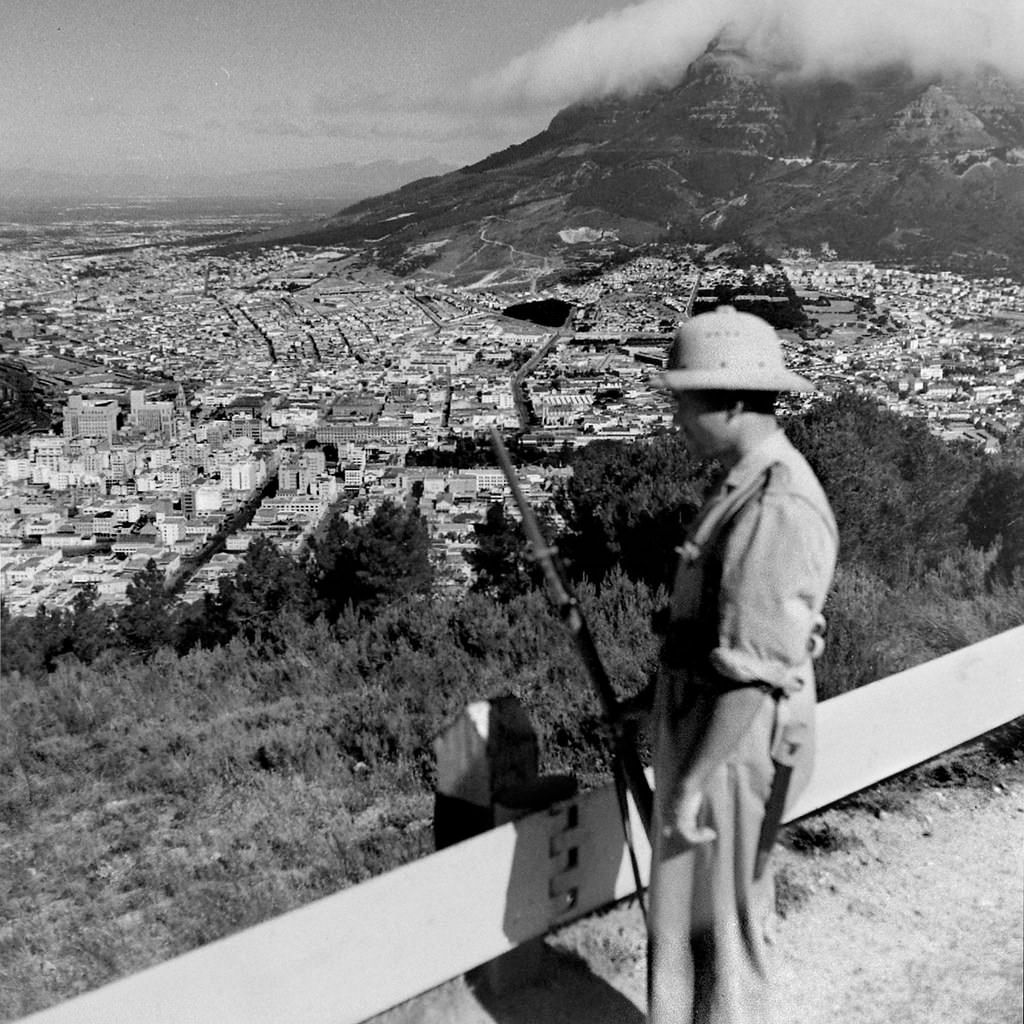
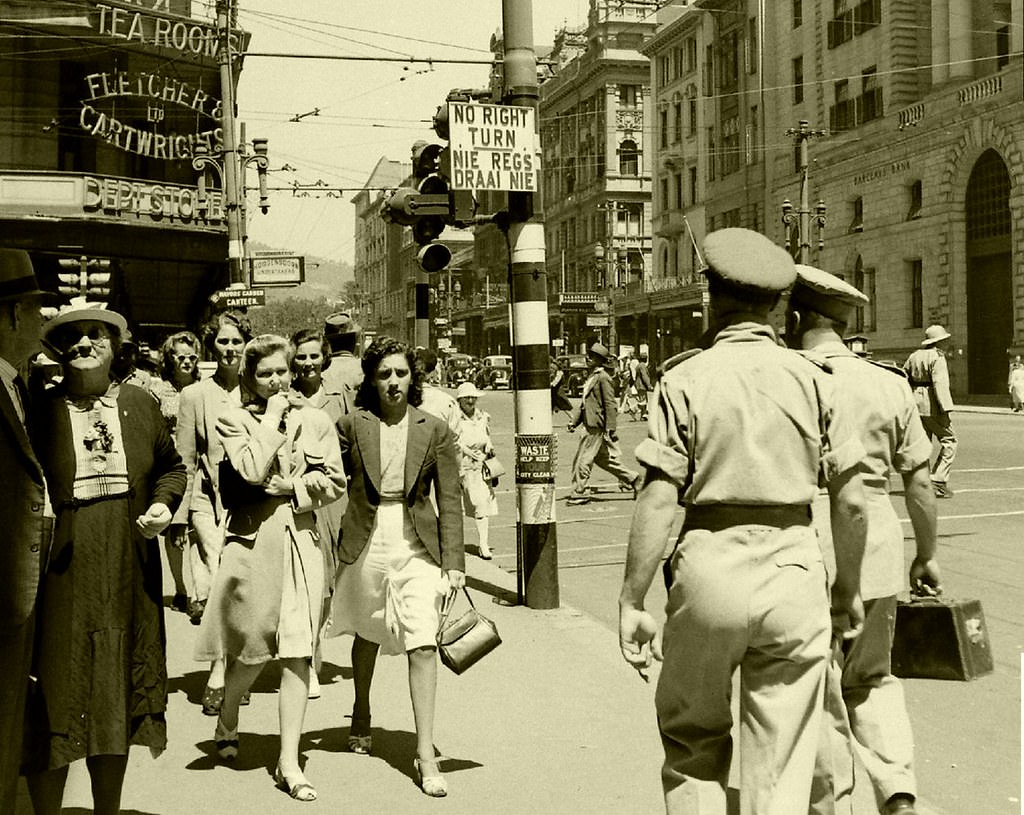
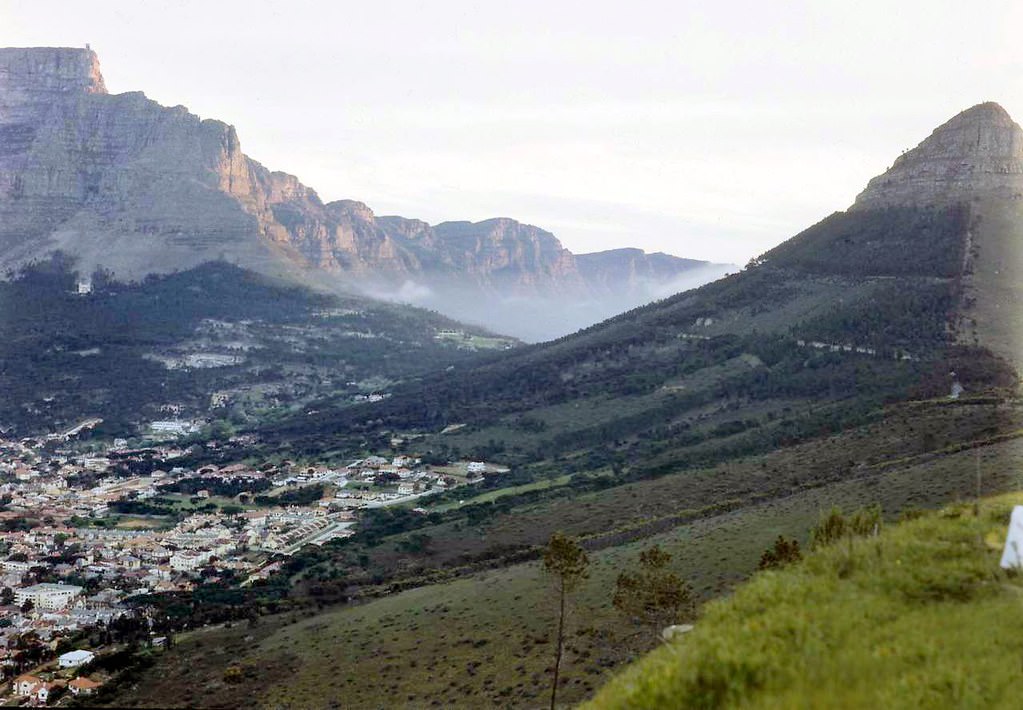
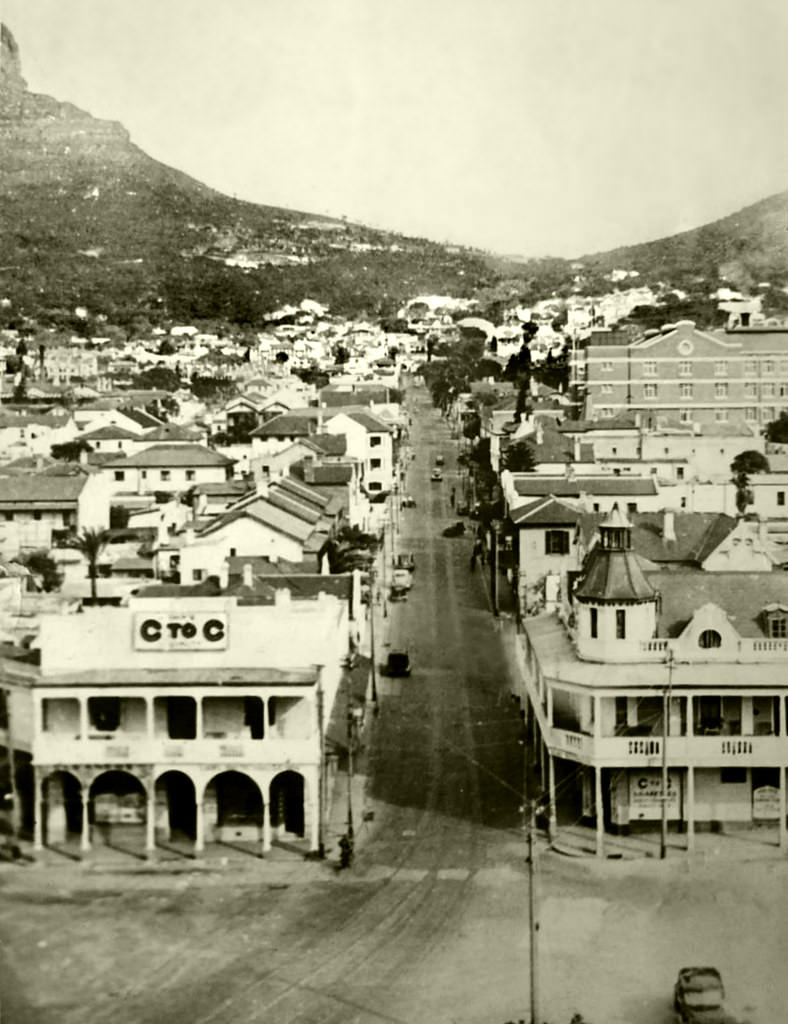
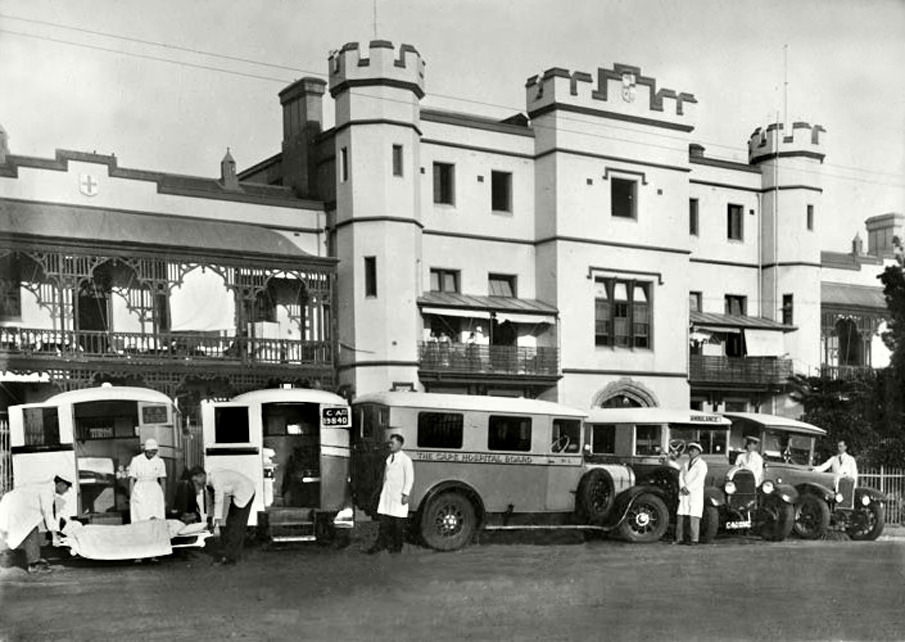
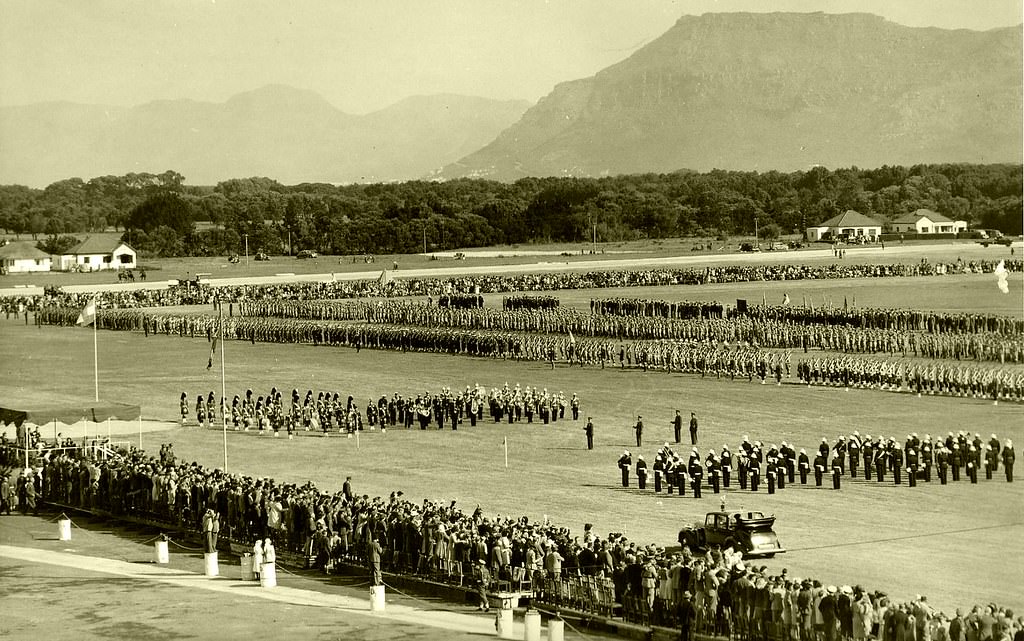
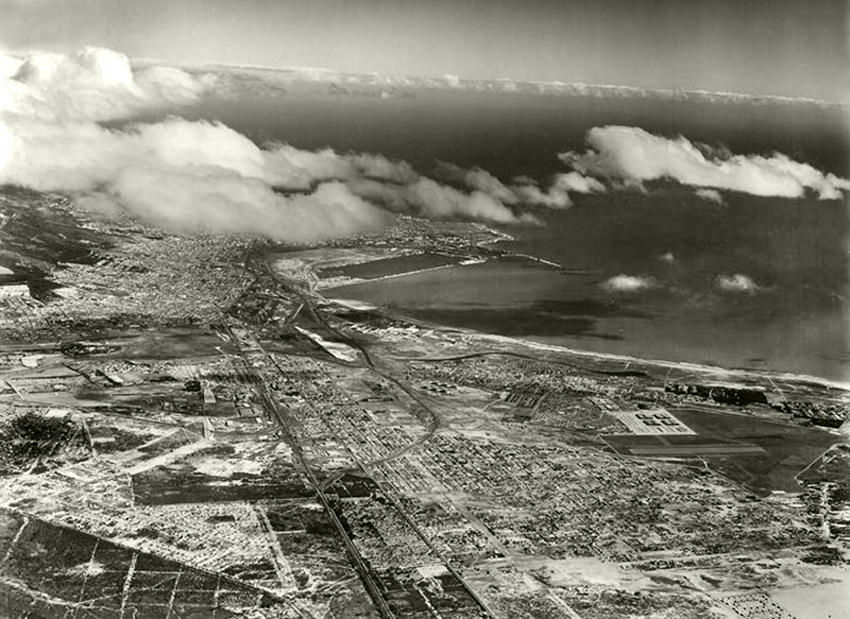
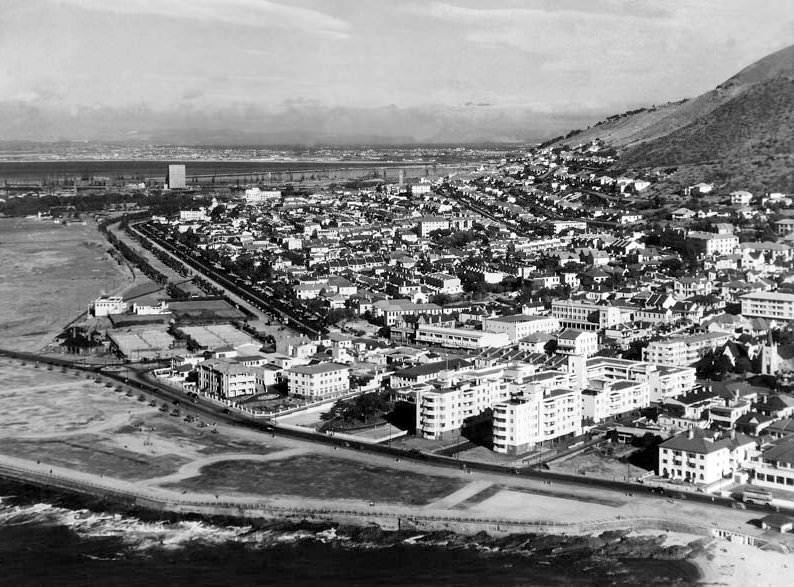
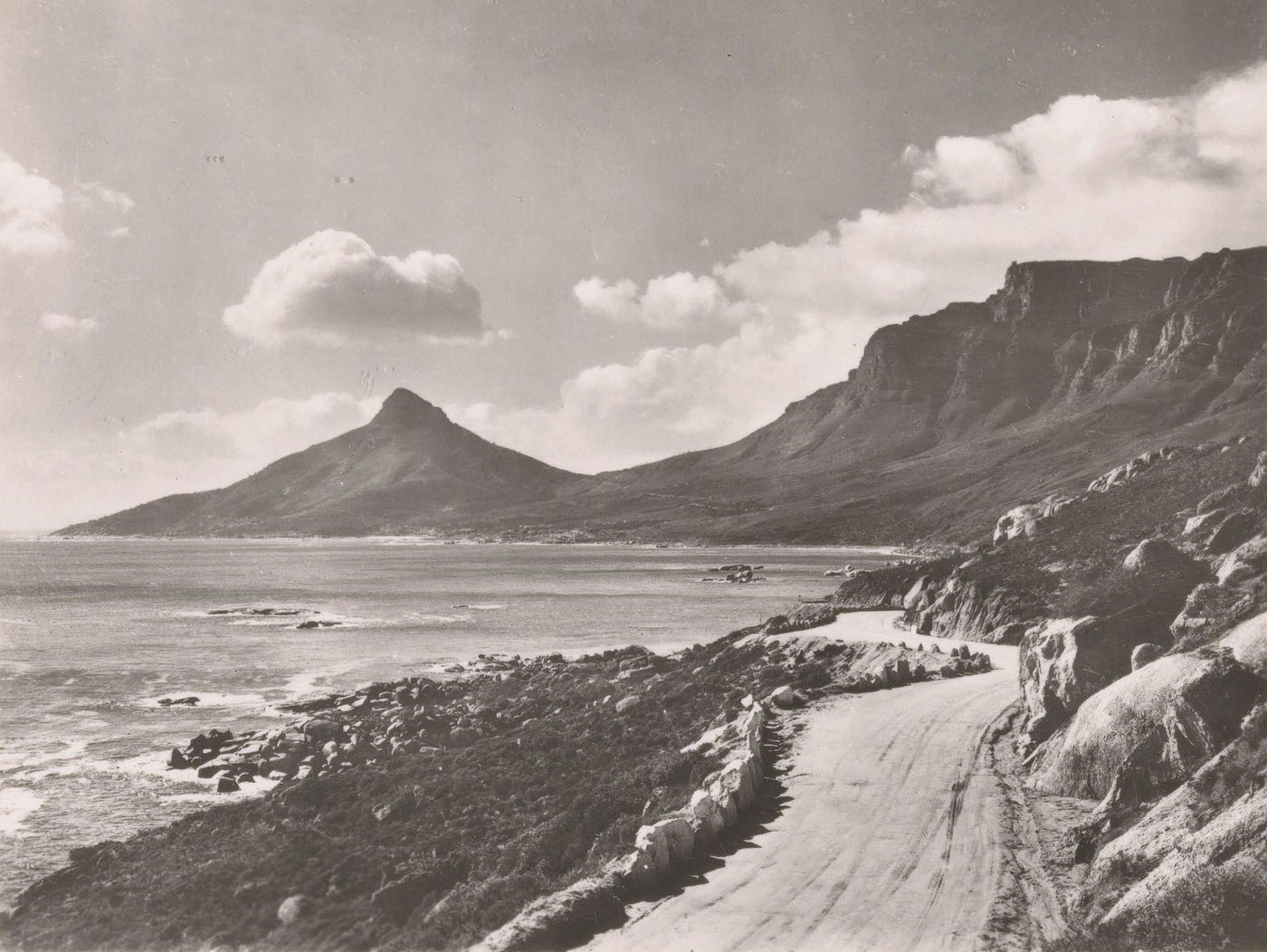
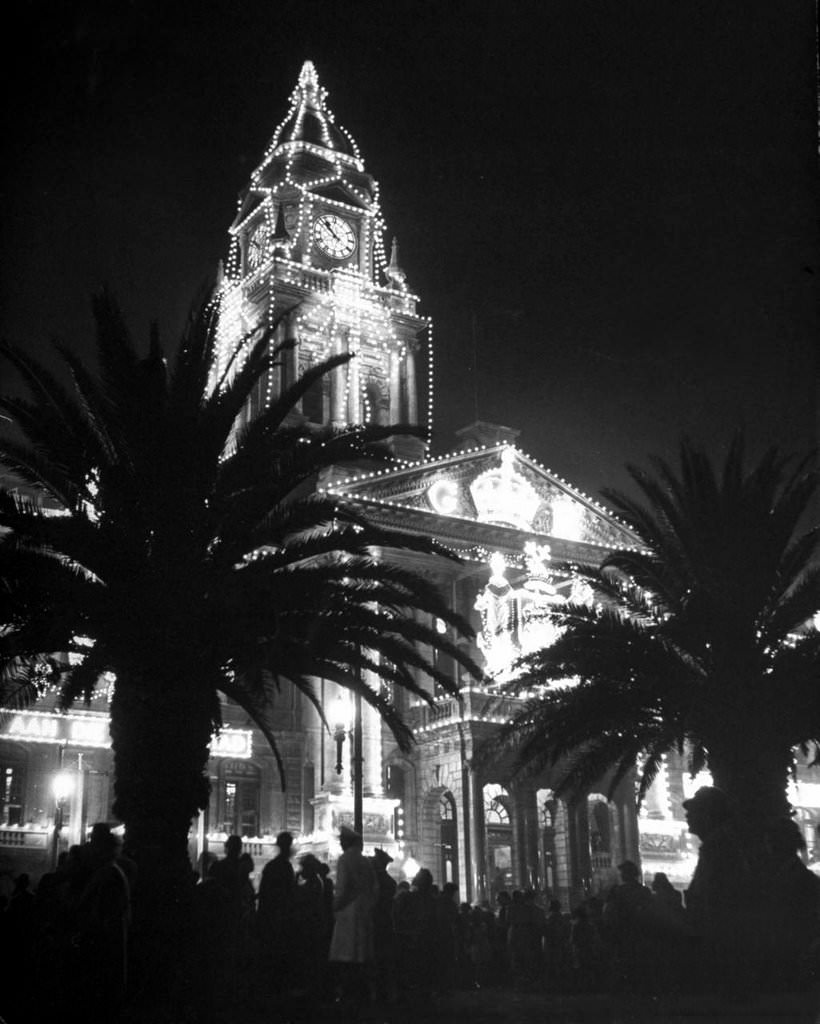
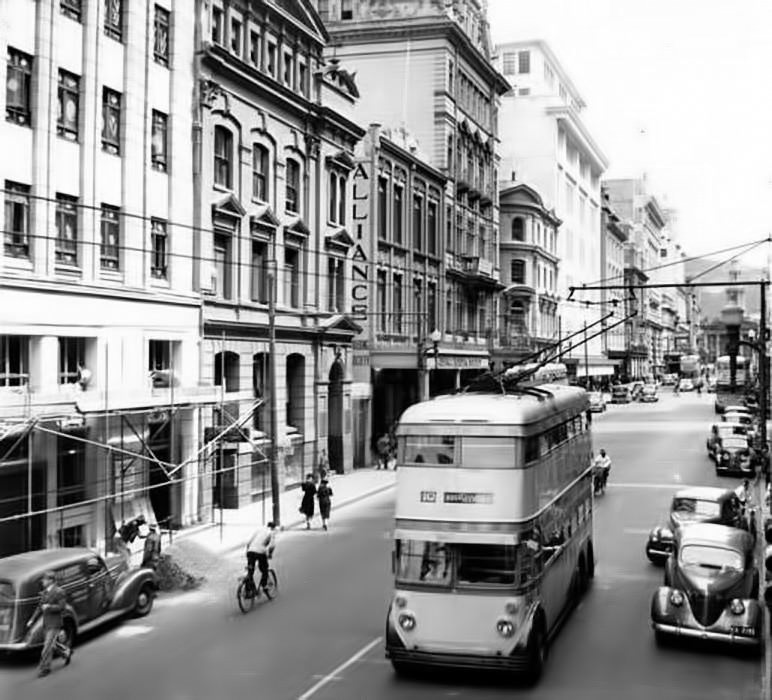
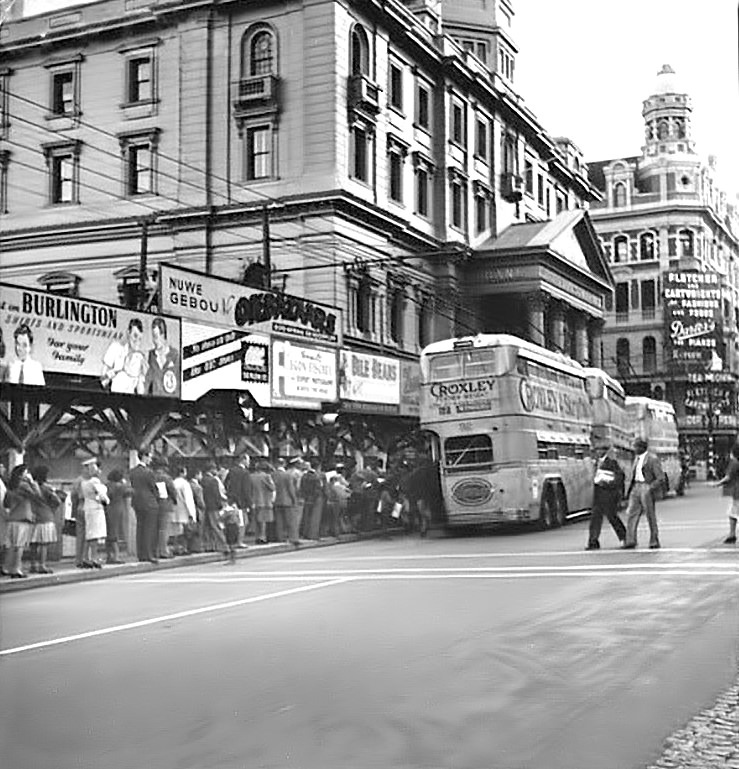
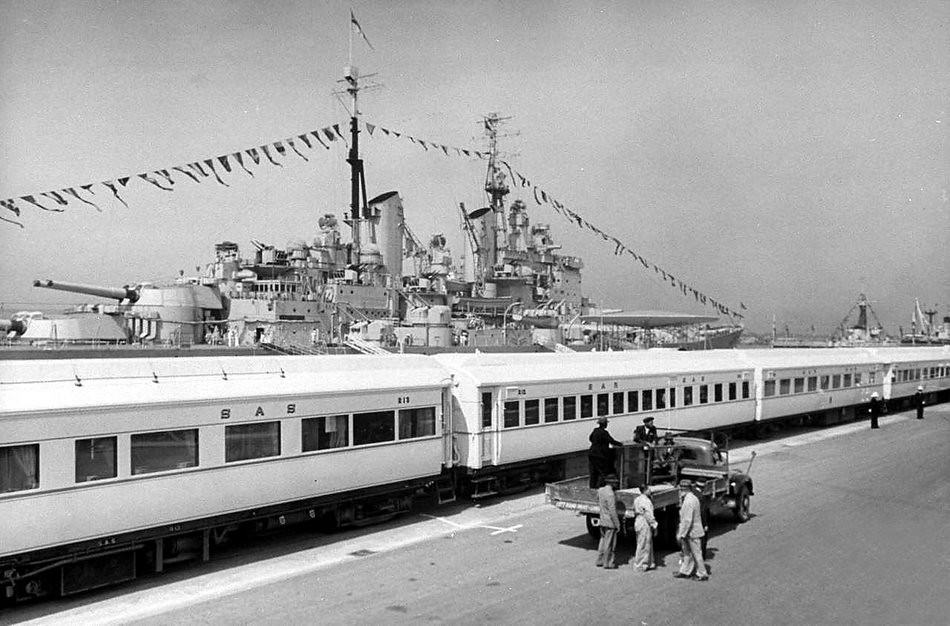
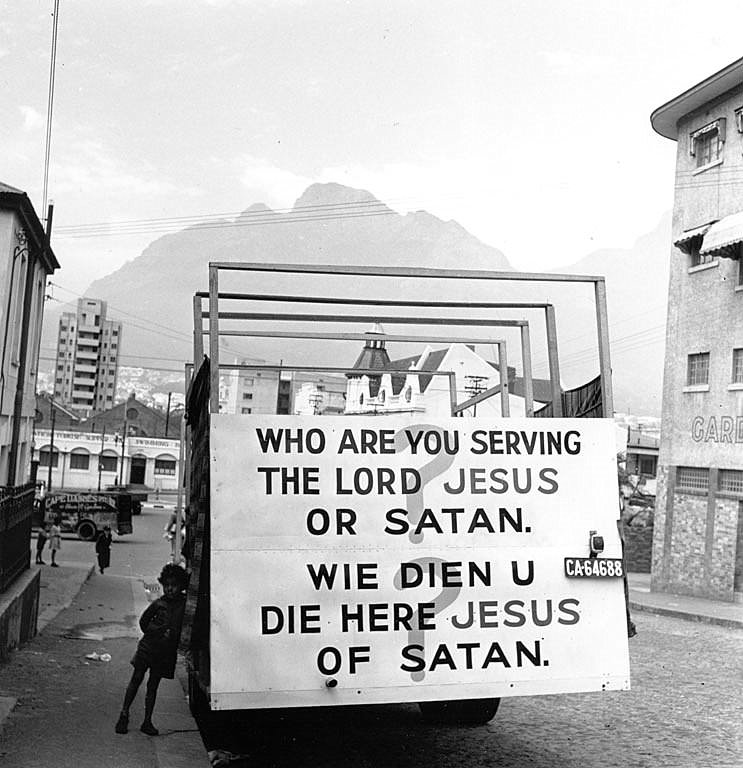
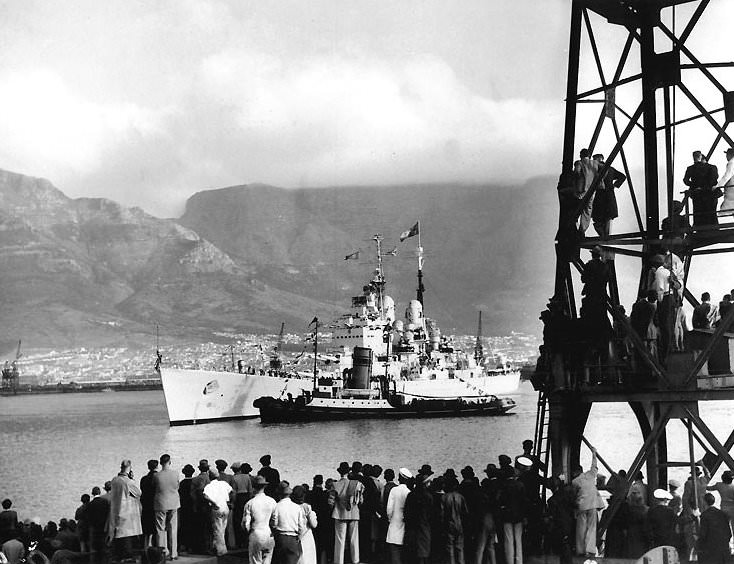
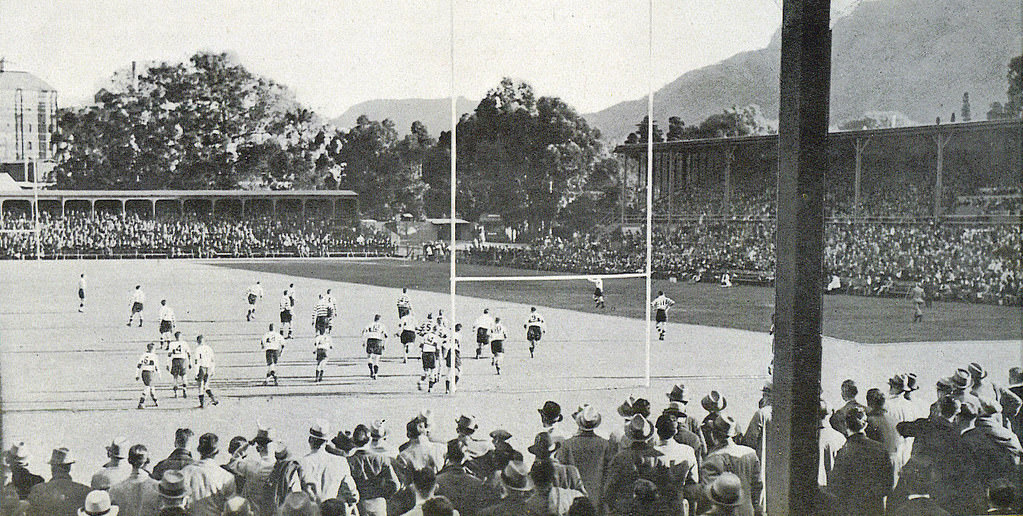
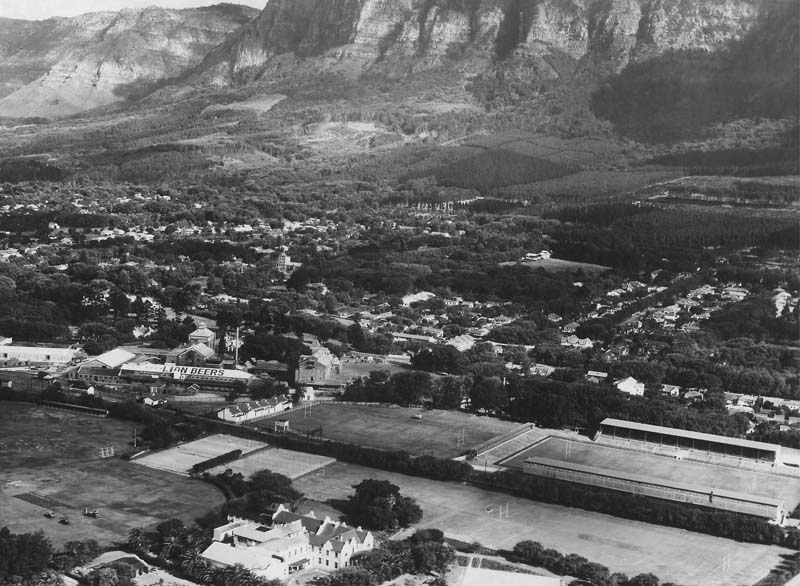
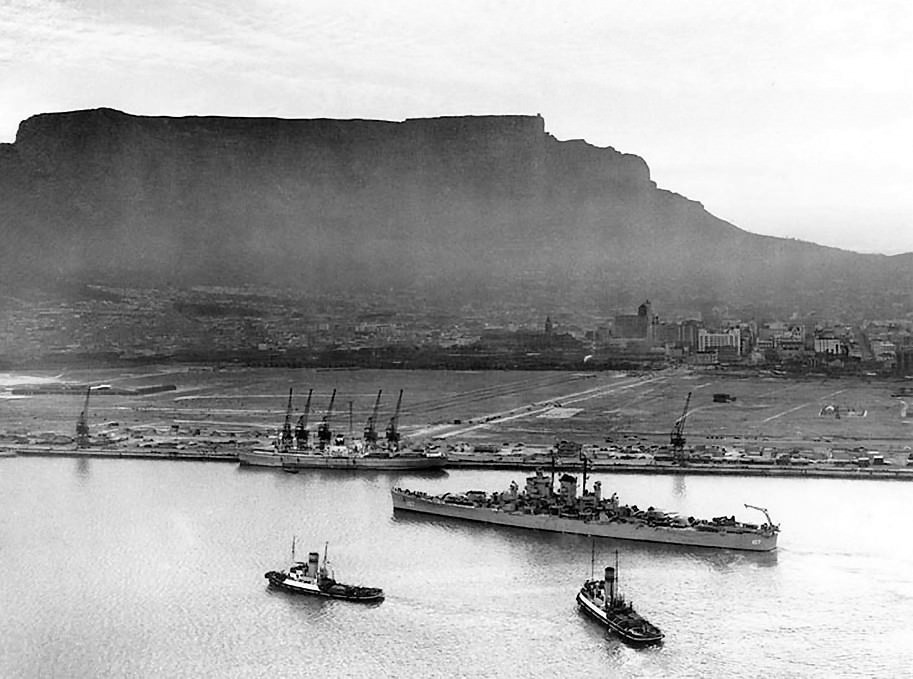
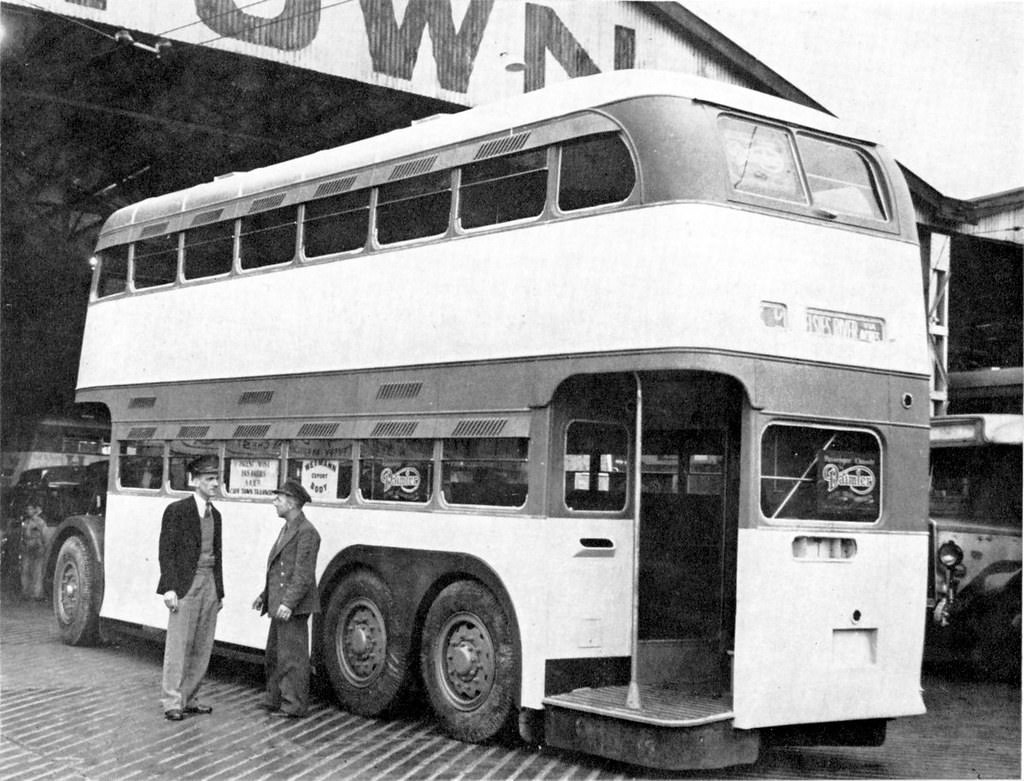
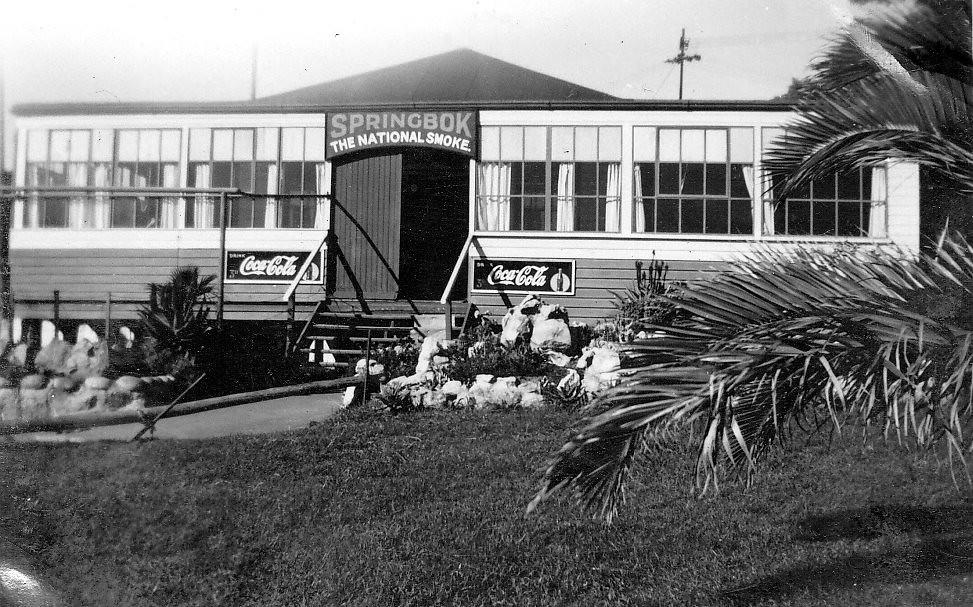
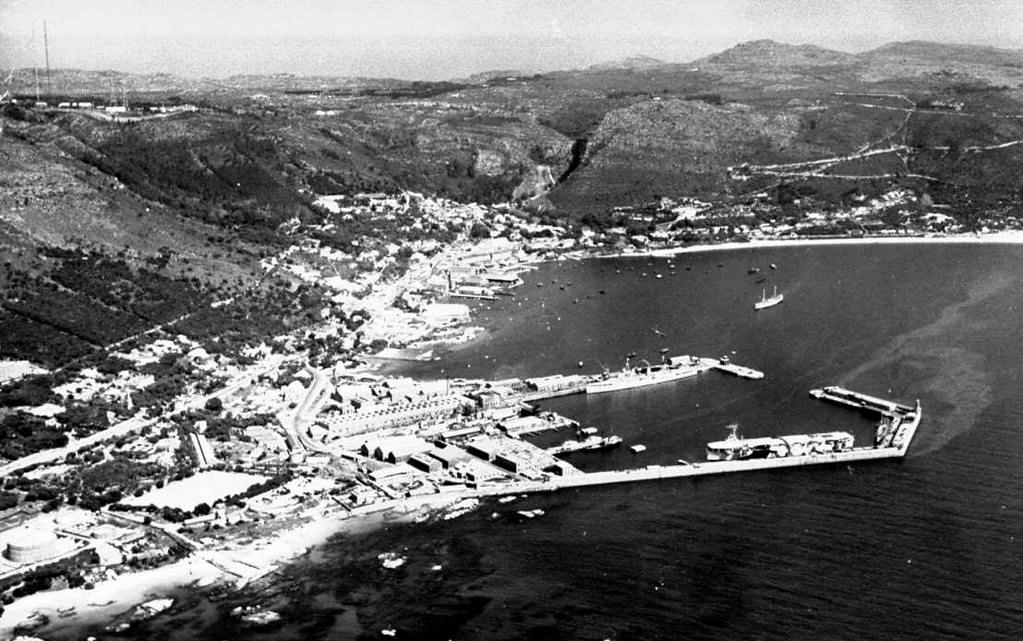
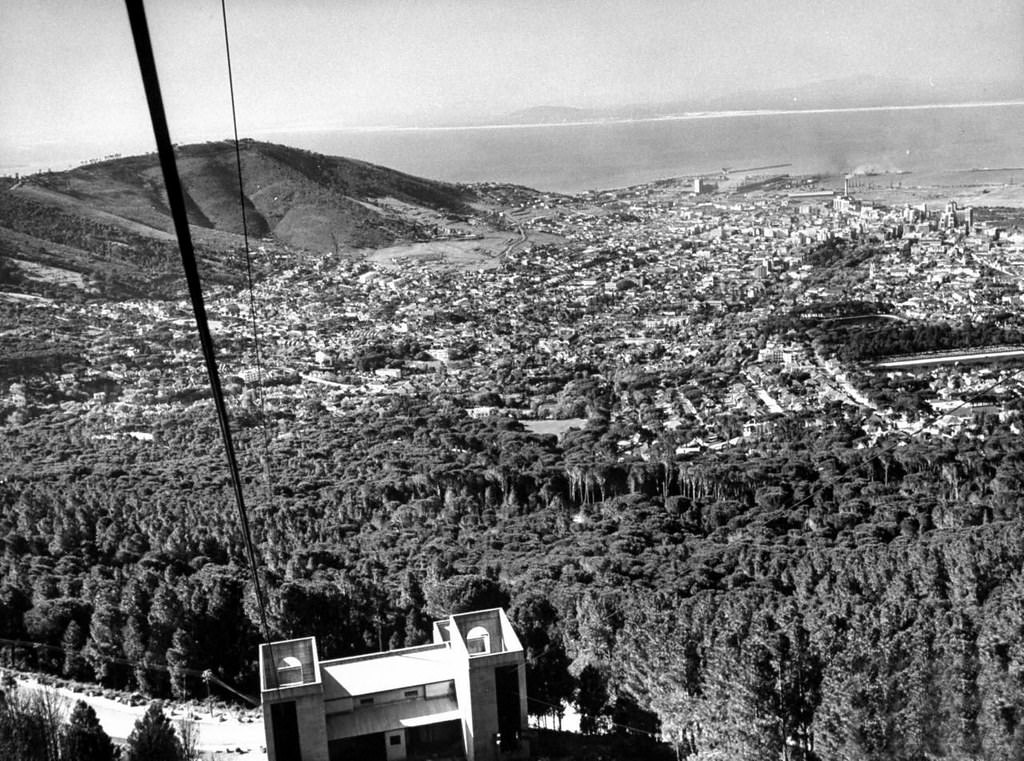
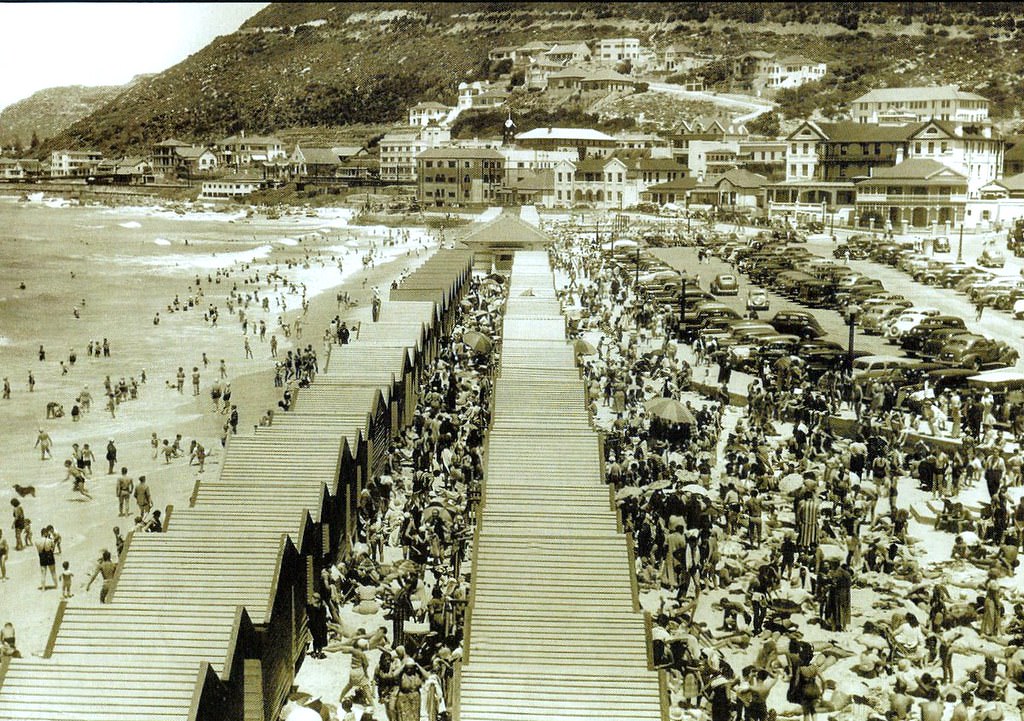
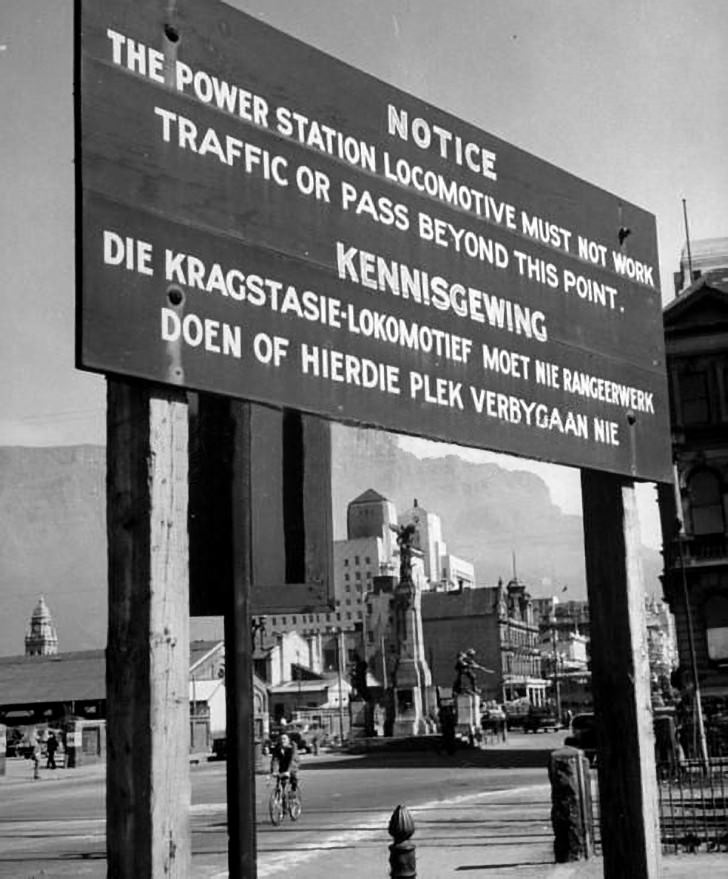
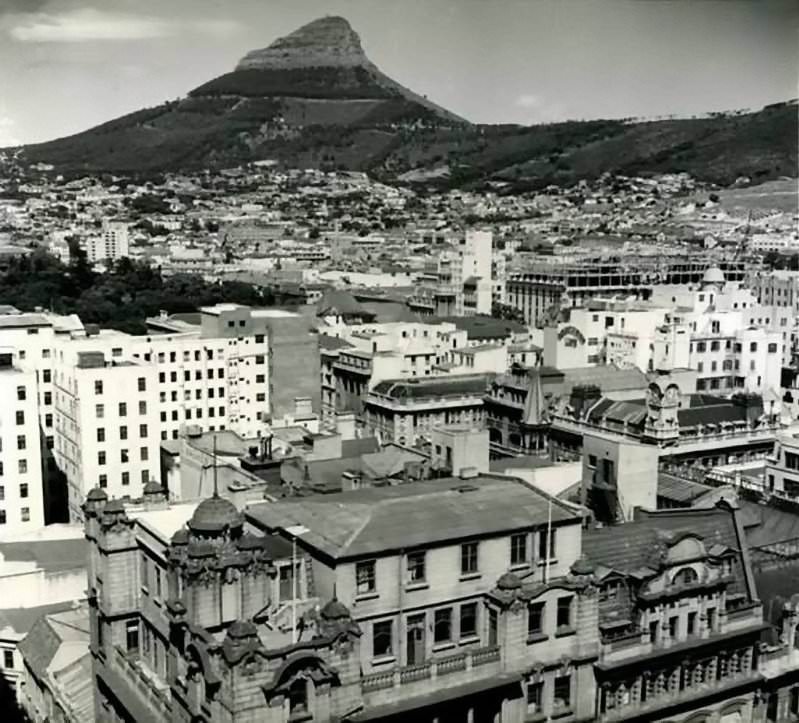
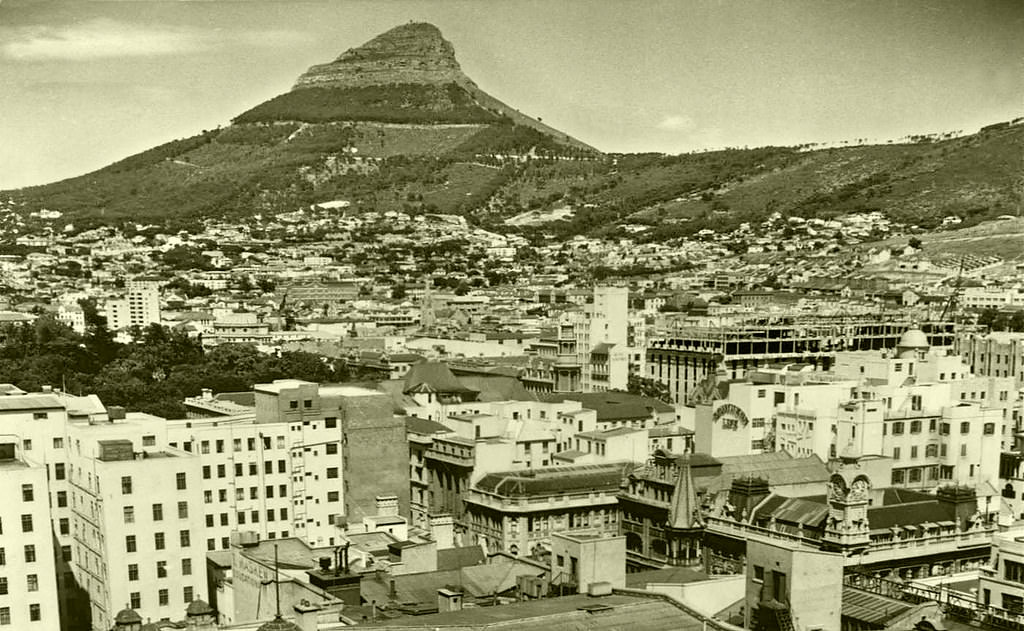
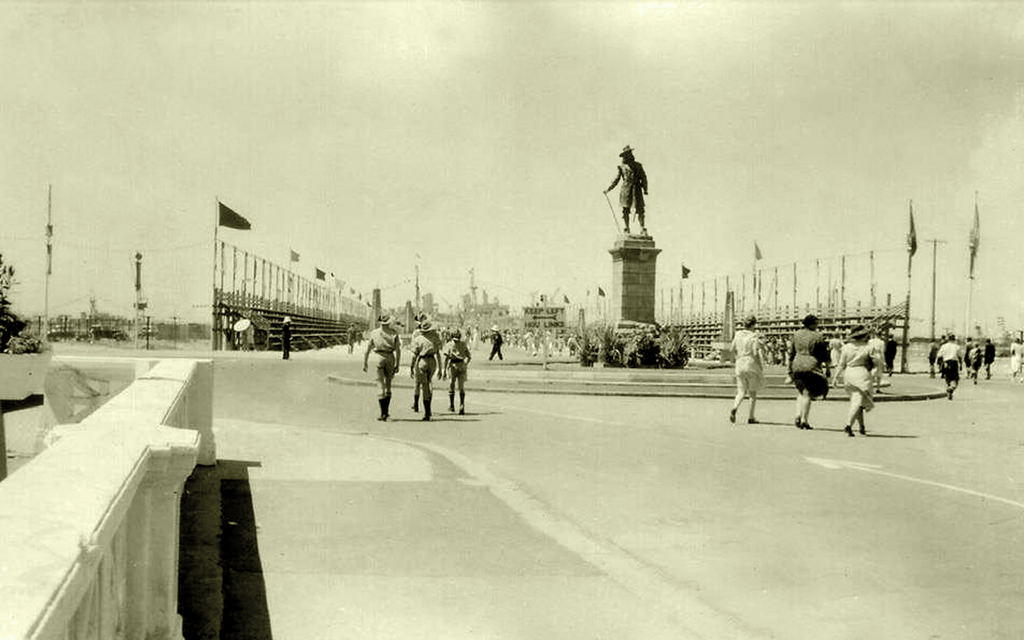
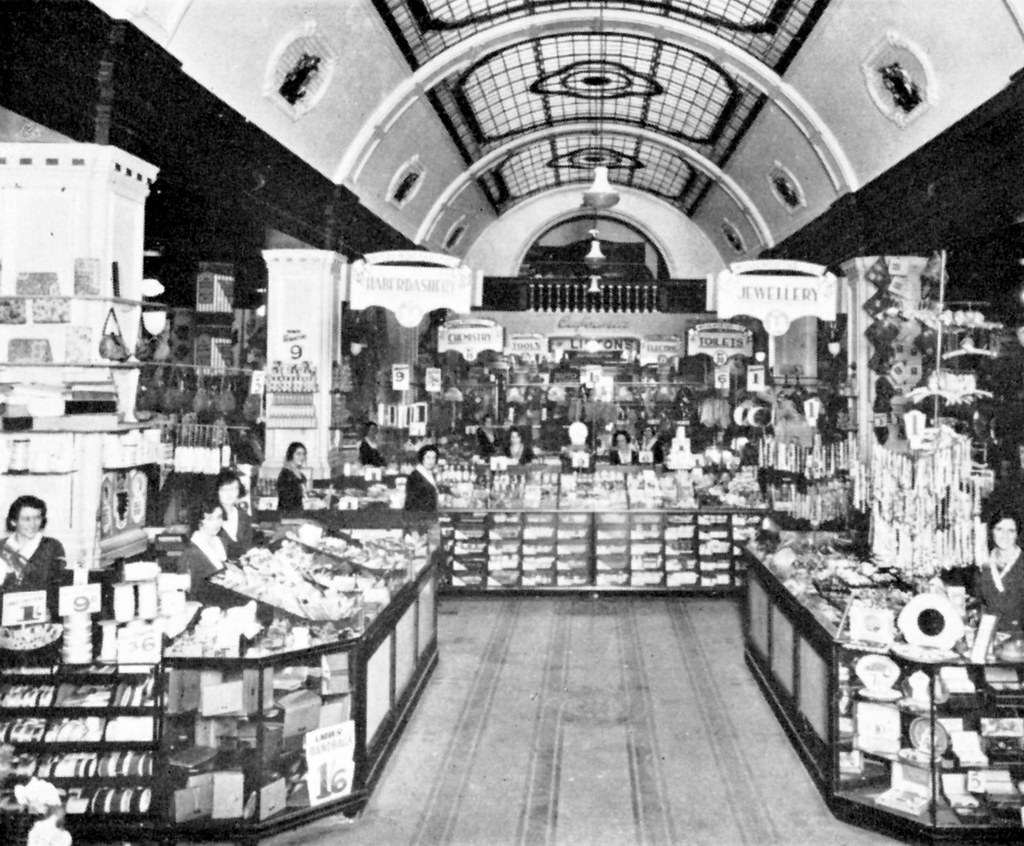
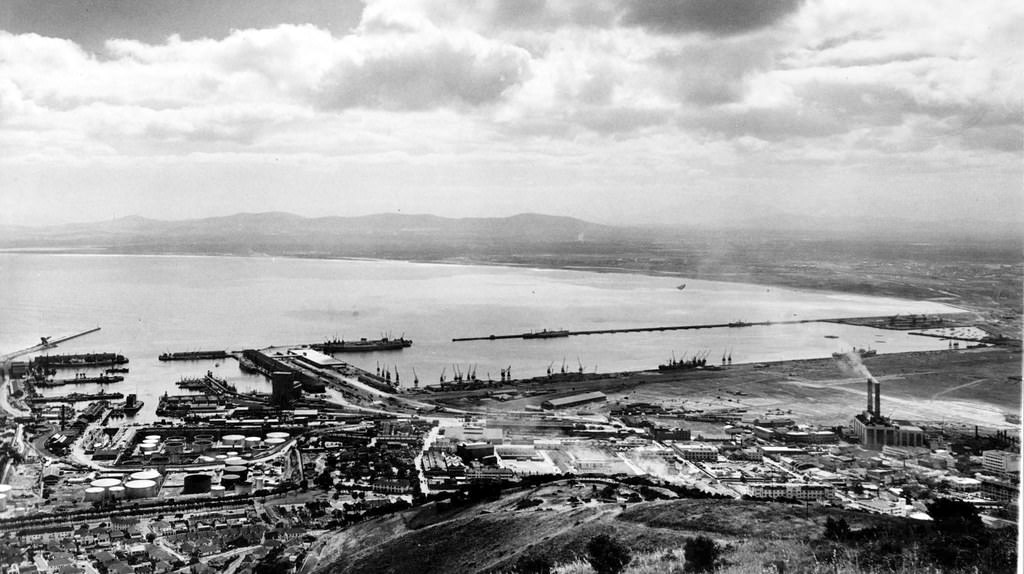
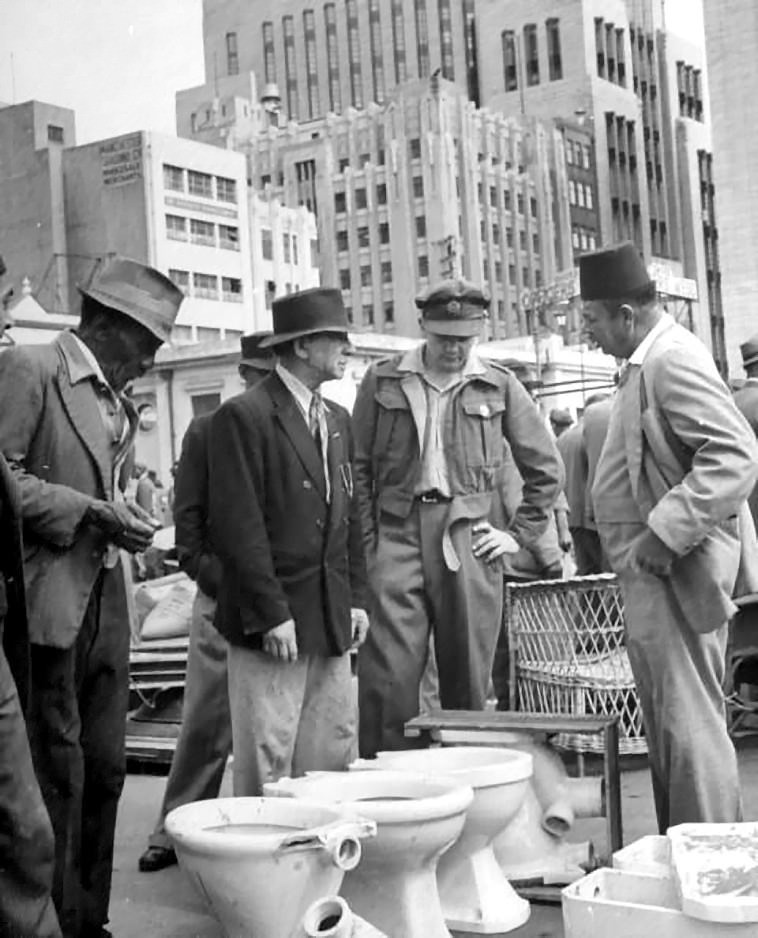
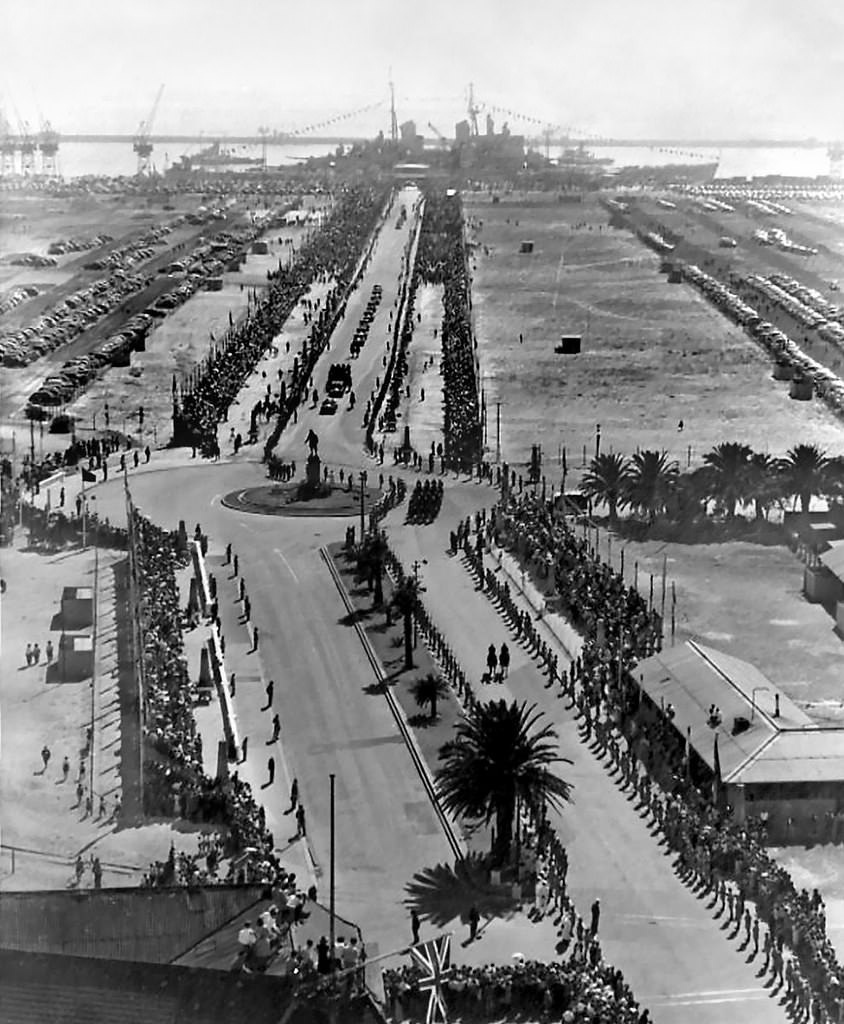
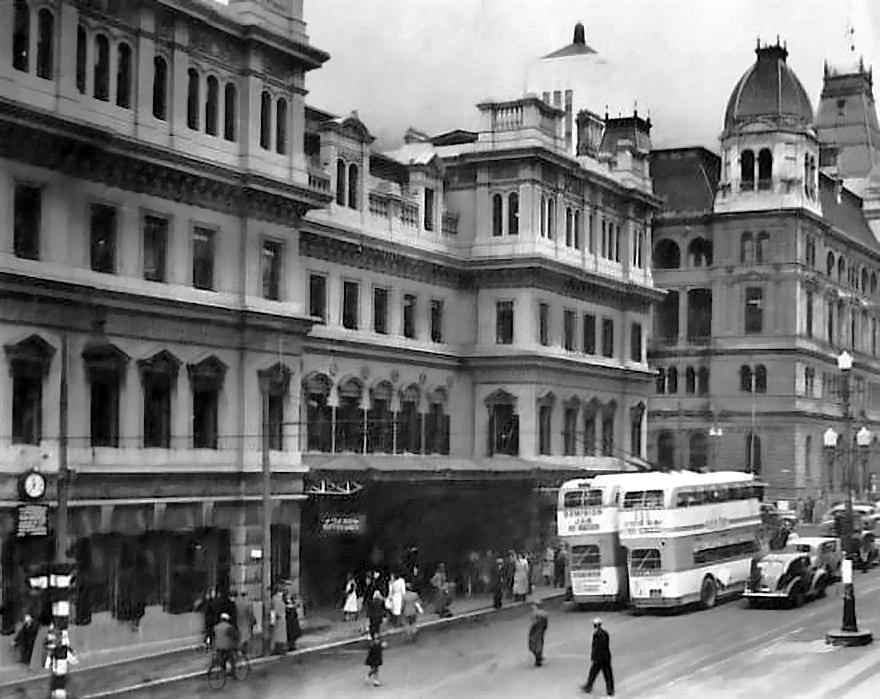
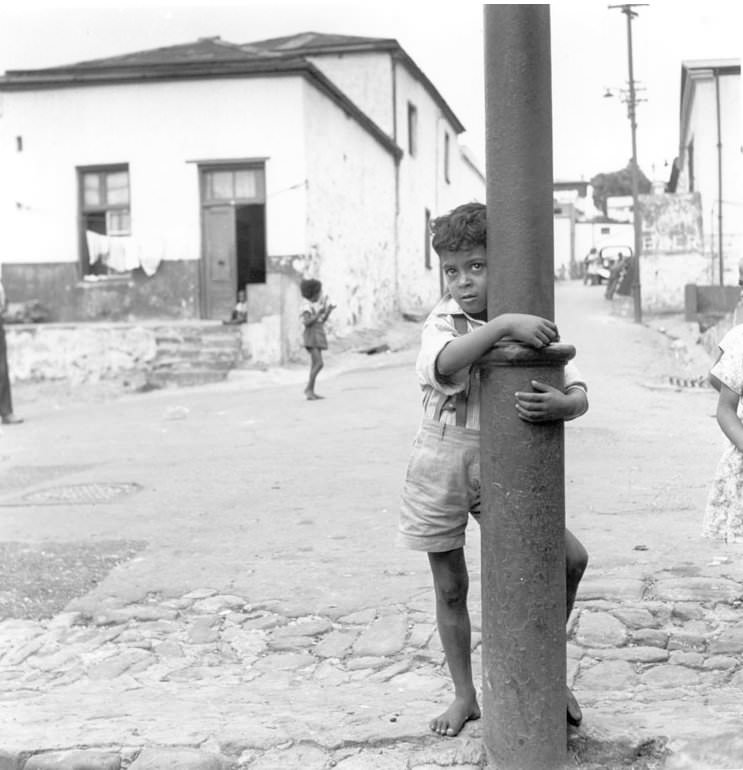
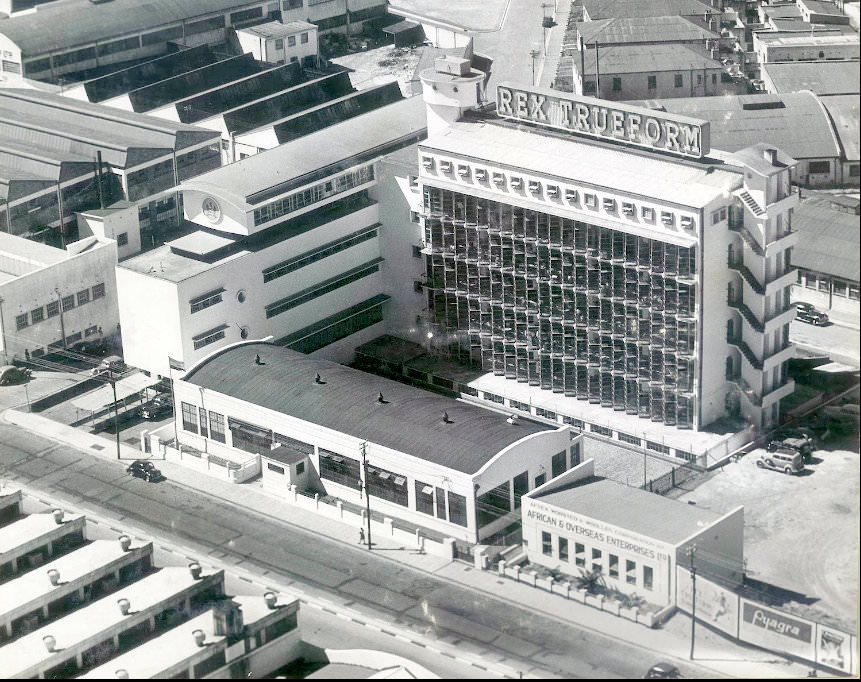
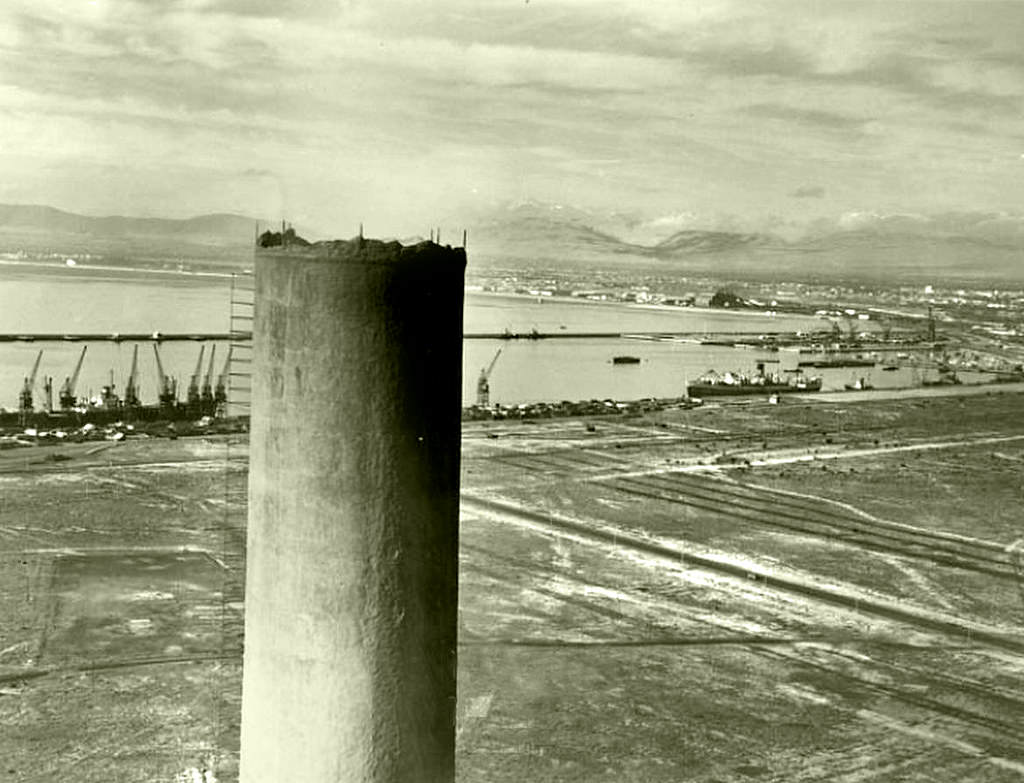
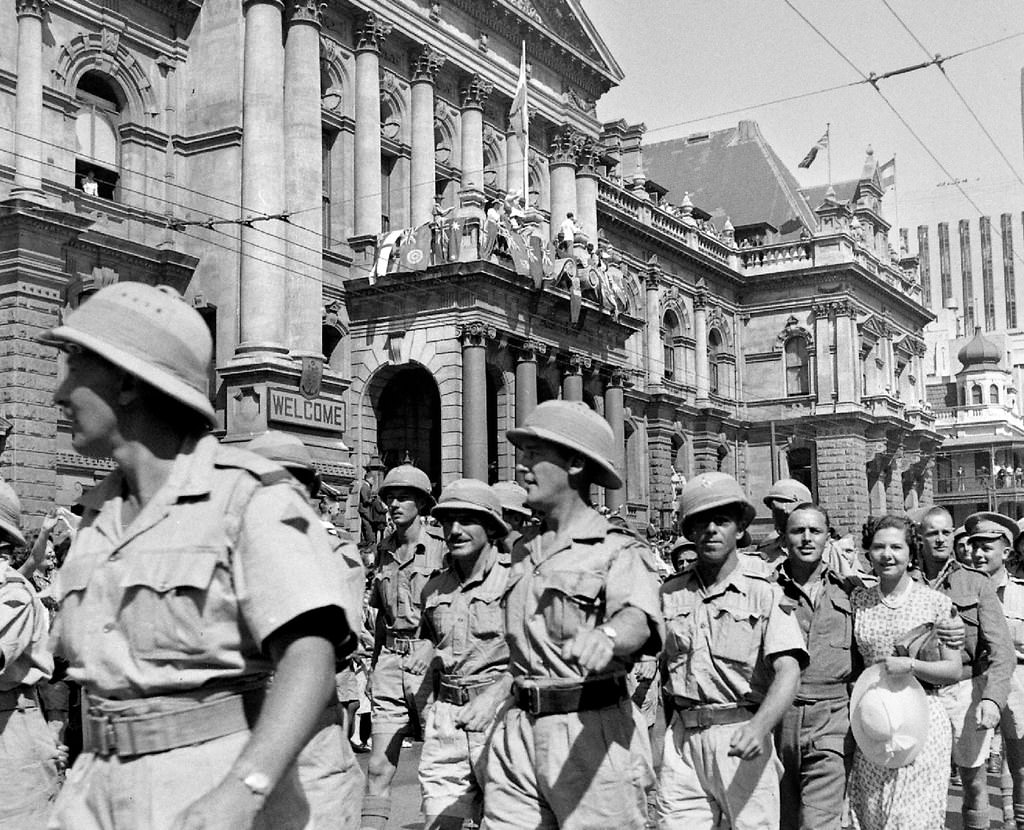
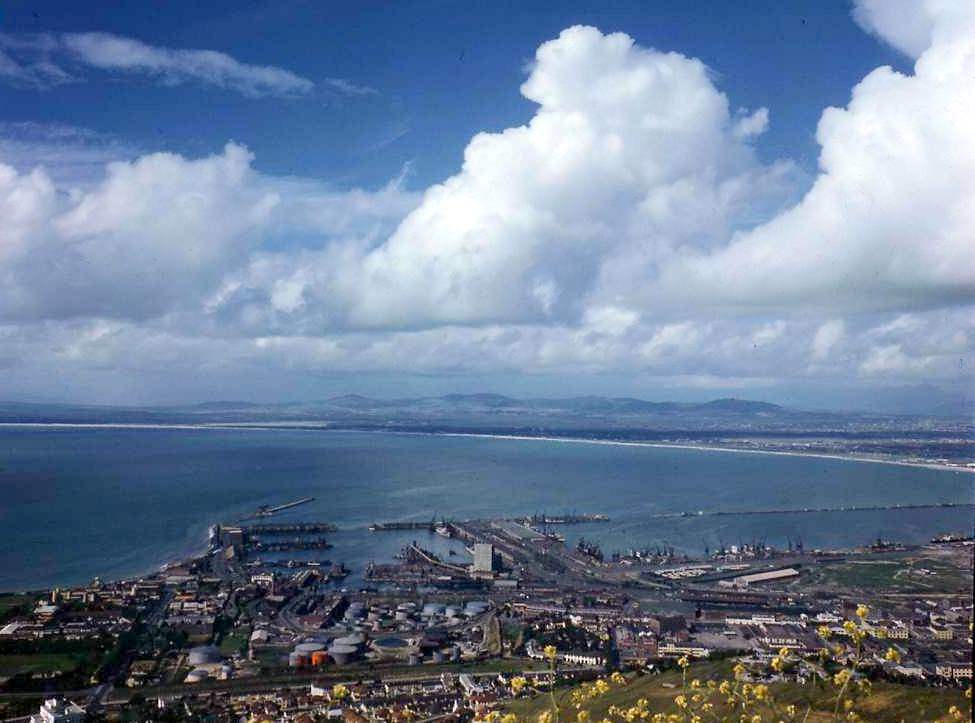
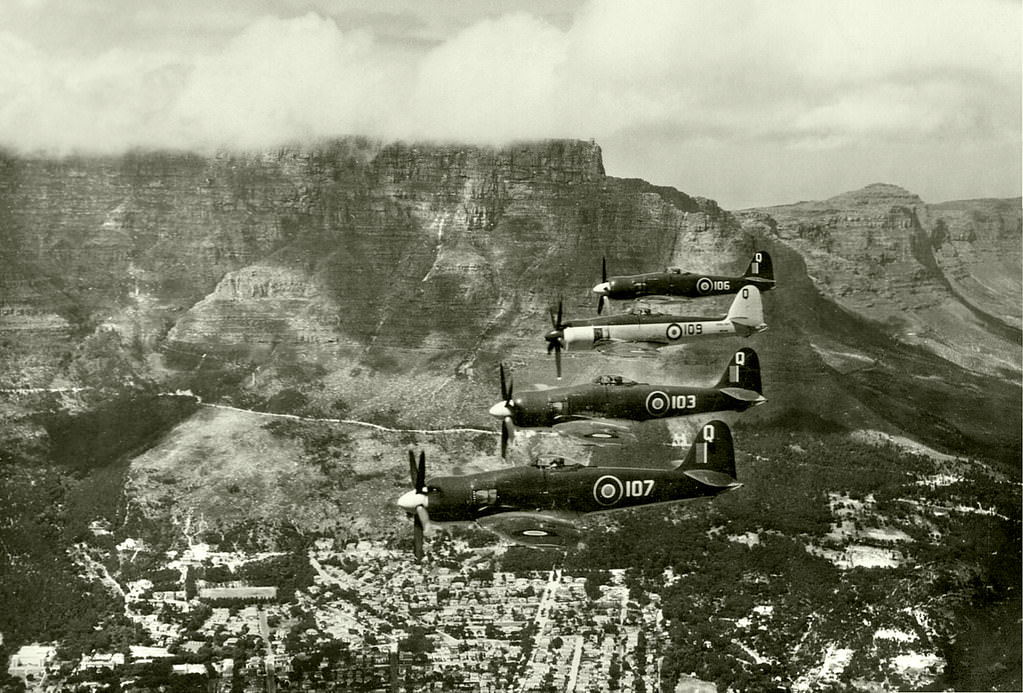
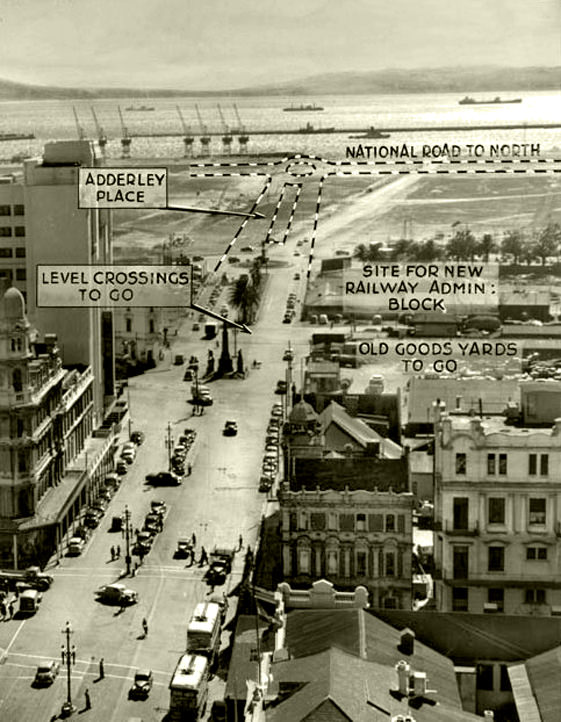
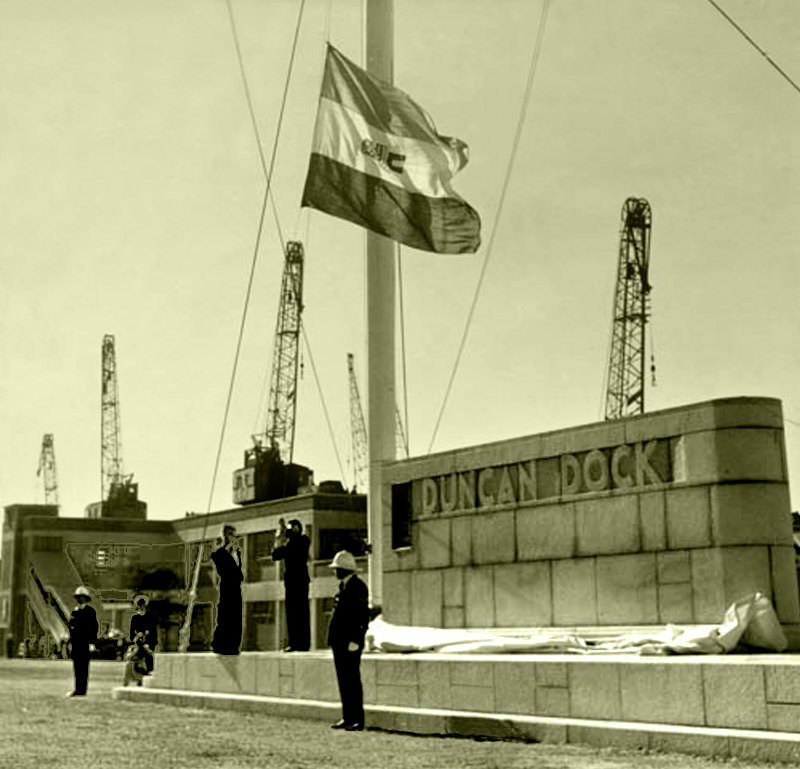
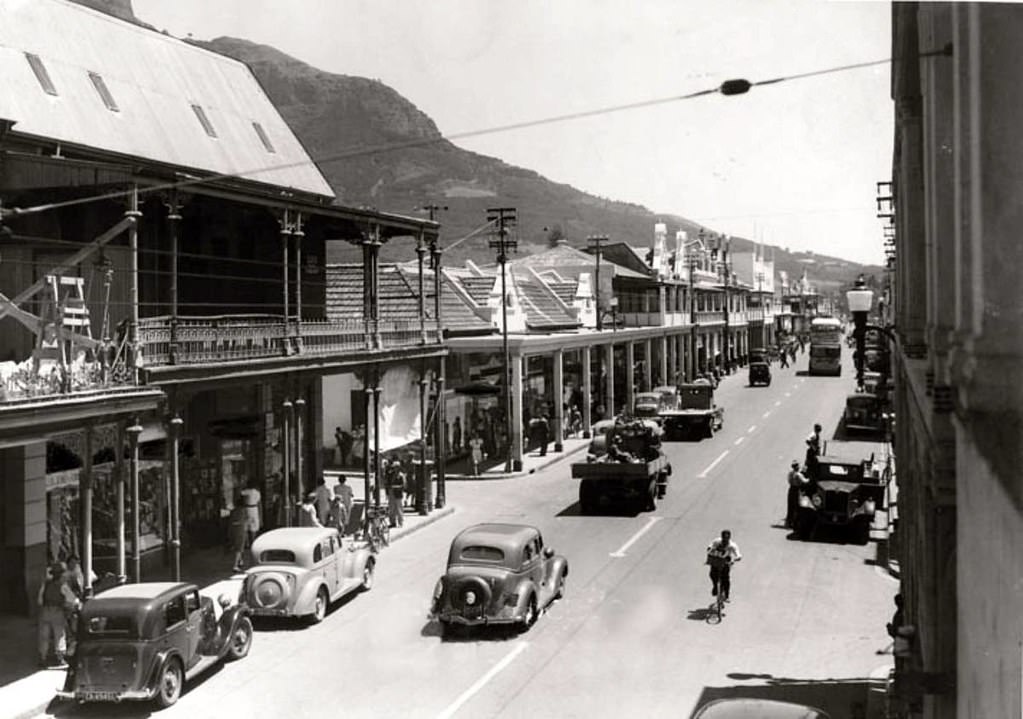
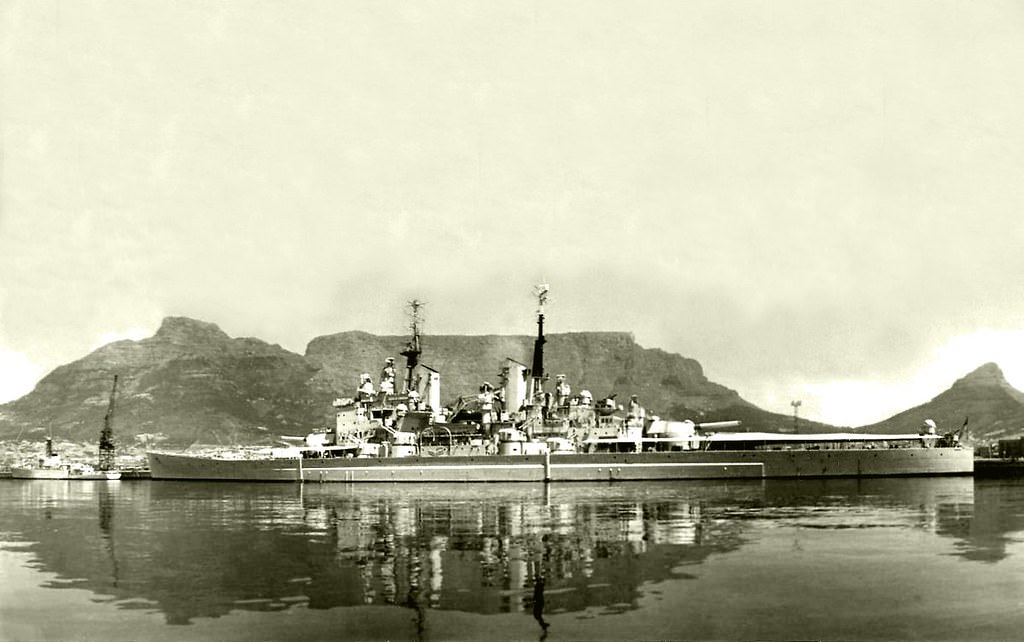
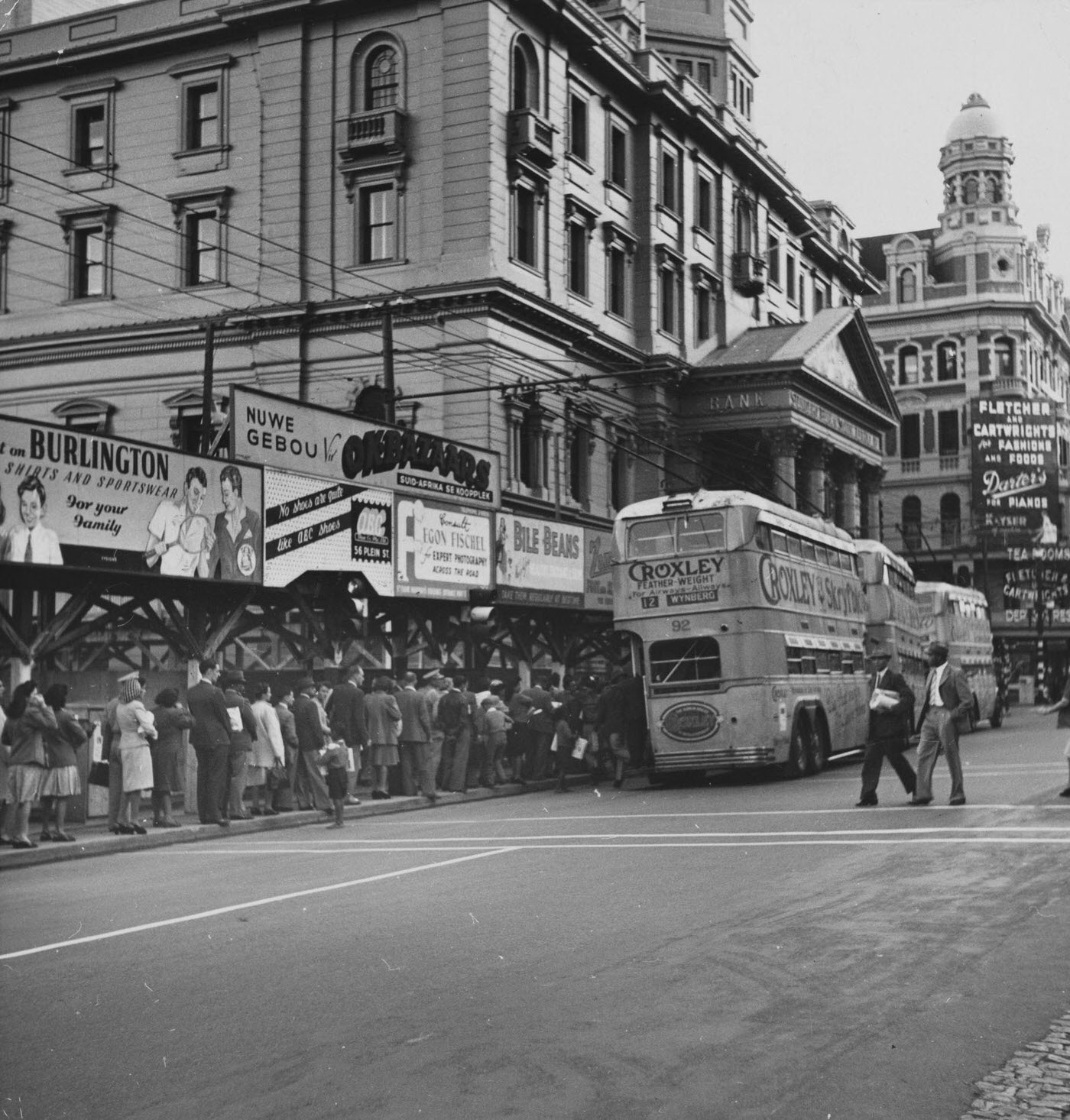
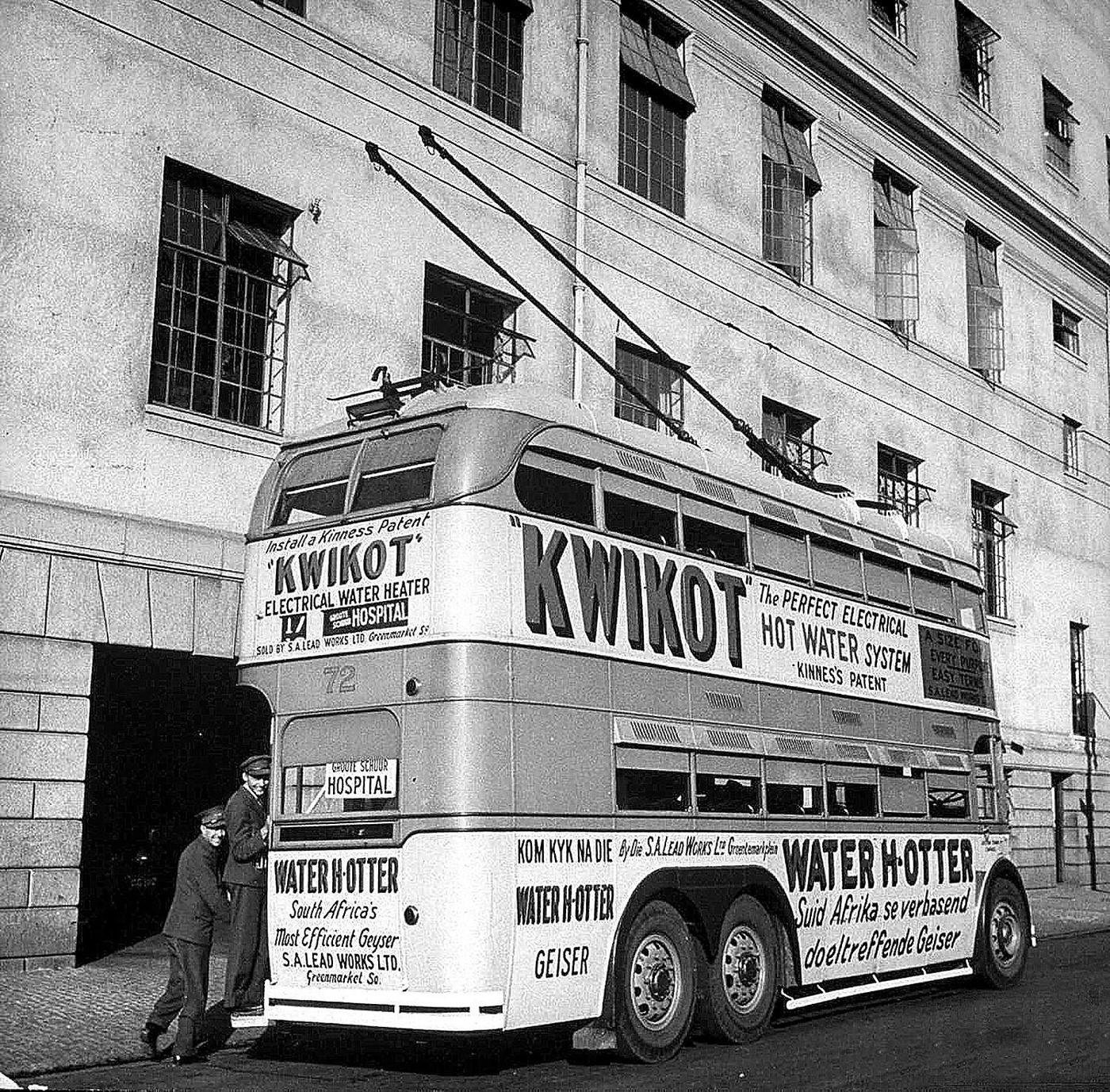
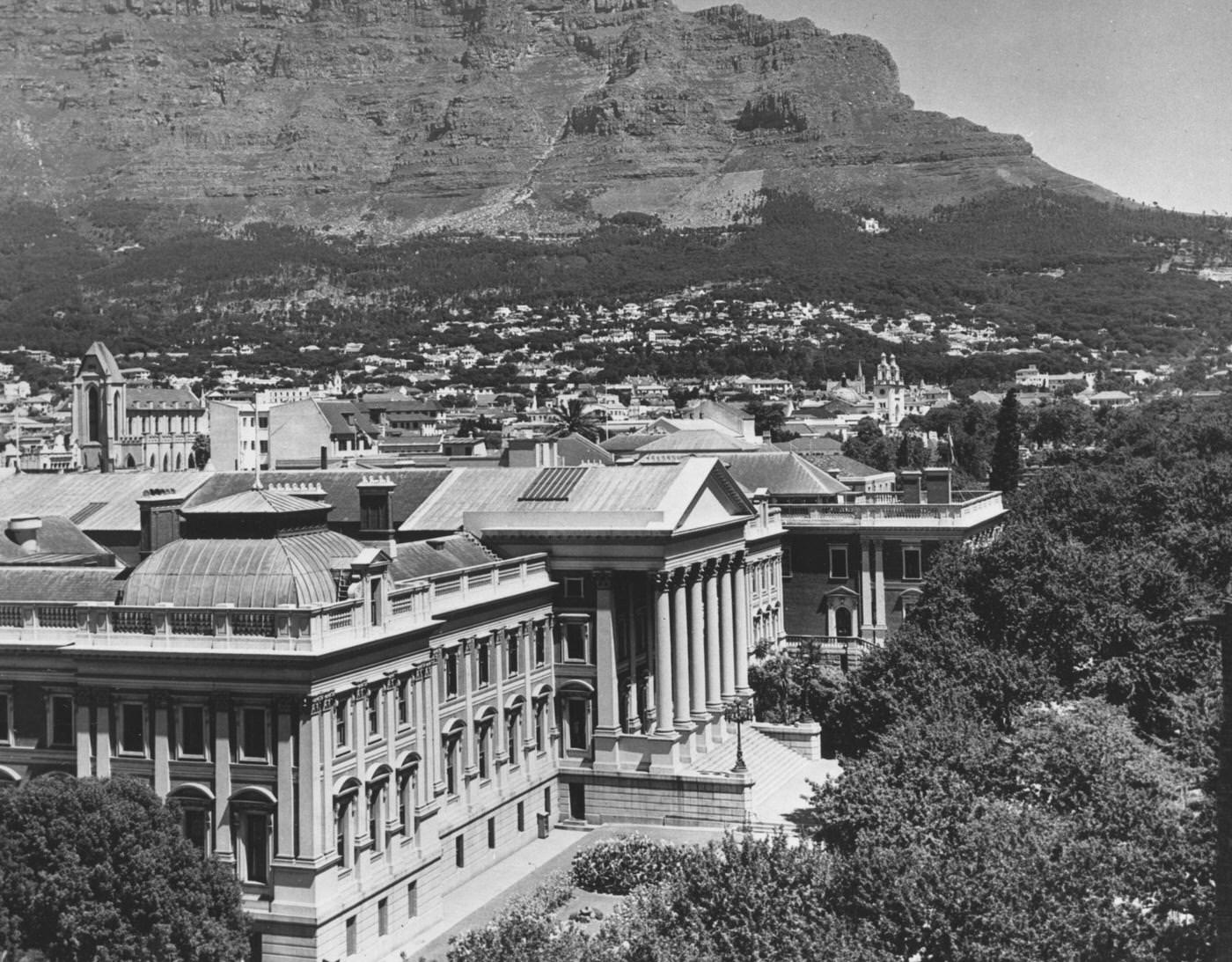
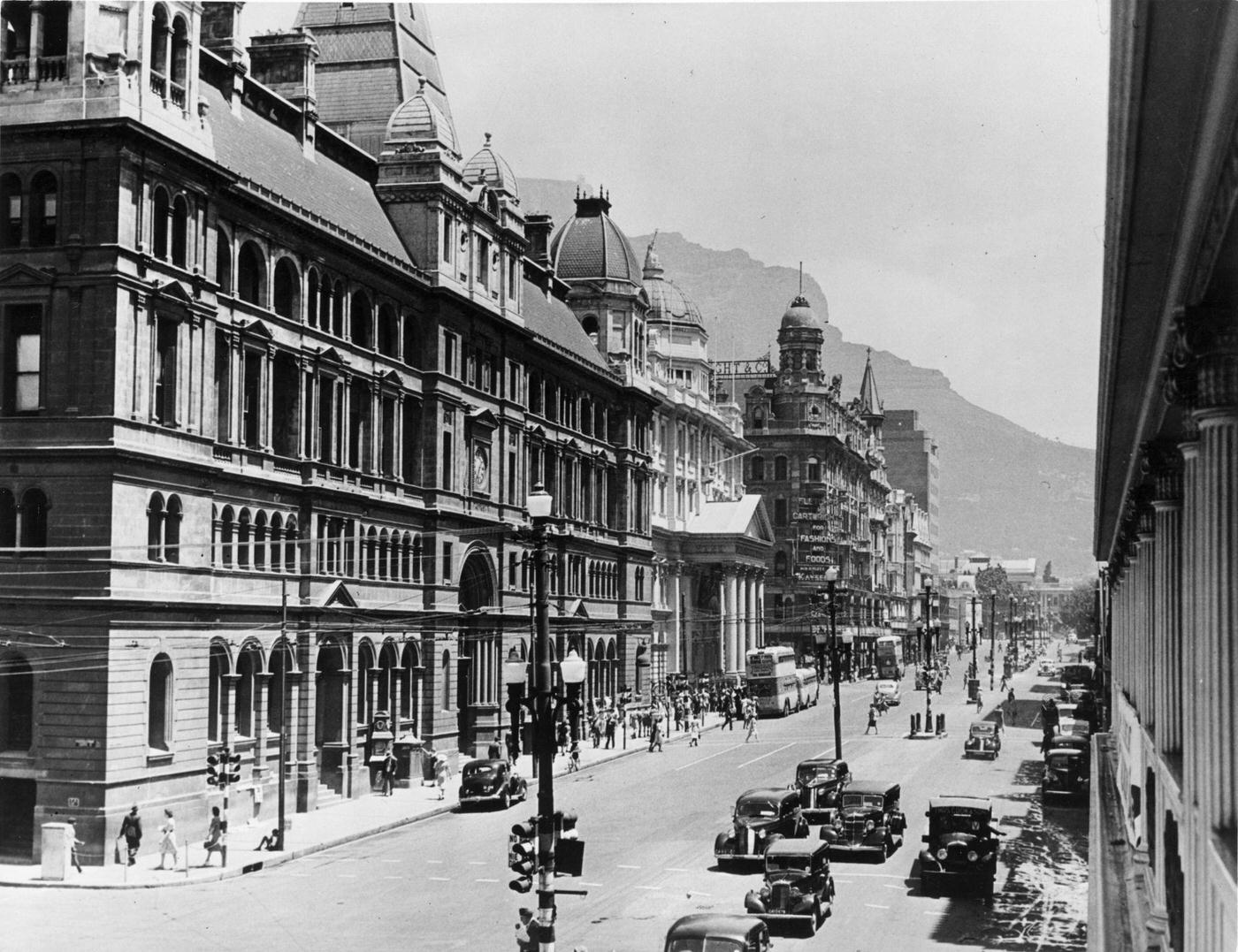
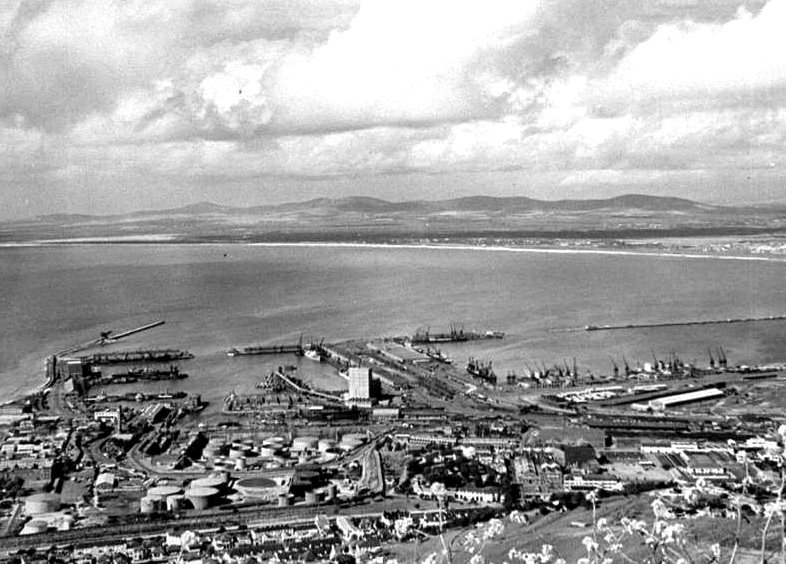

It’s crazy to see building here that I walk past every day.
What building is that?
It is the Somerset Hospital close to the Waterfront. It is still operating as a hospital.
The buildings that are named like city hall, old mutual building, somerset hospital, basically all the town buildings. I live in the city, so these are my usuals.
Had breakfast on Stuttaford’s balcony every Saturday morning.
Seeing the old train station (14) and the original St. George’s Cathedral (43) is really depressing. So much architectural history lost.
oh no decolonization is so sad
People seemed to litter a lot less then.
Hipsters have kept it the same.